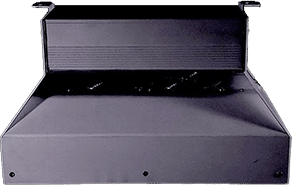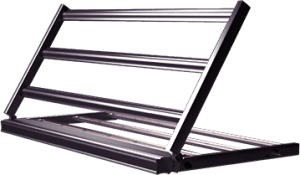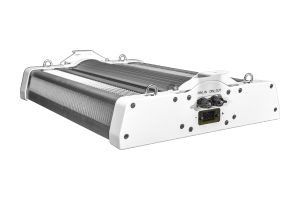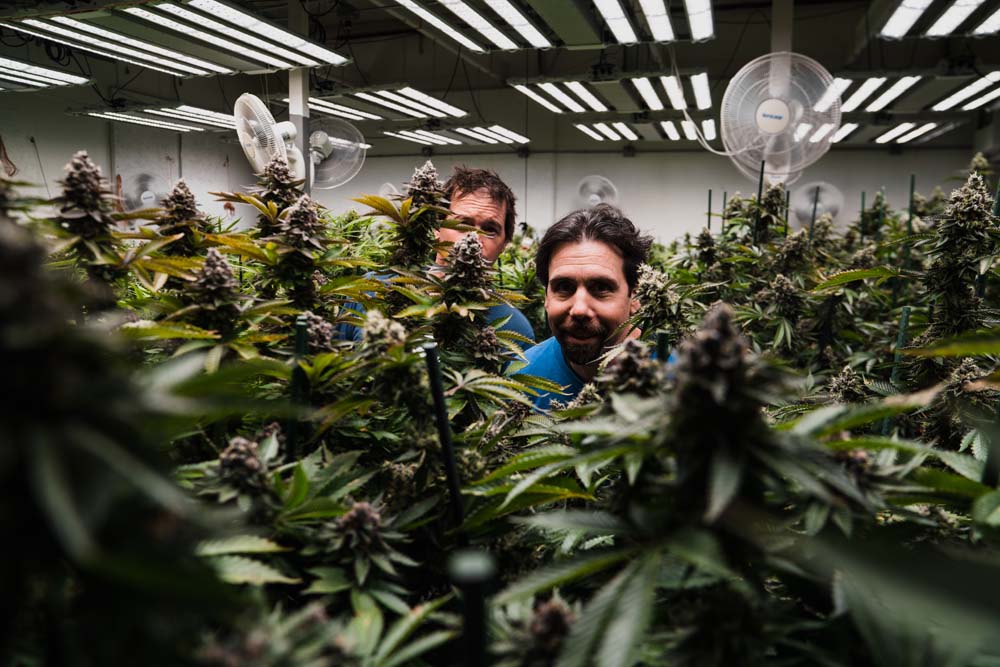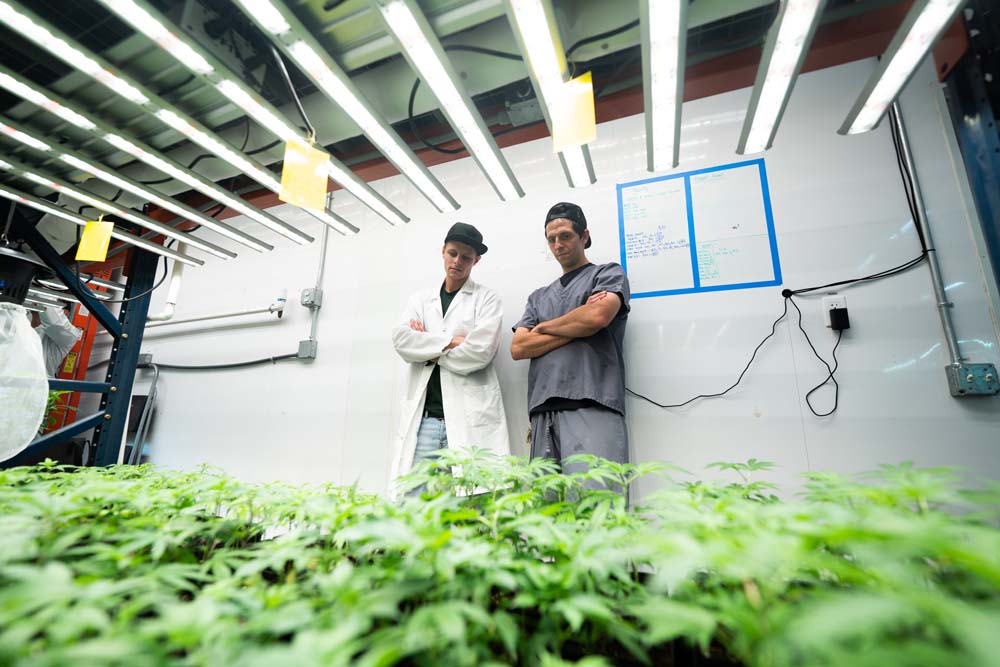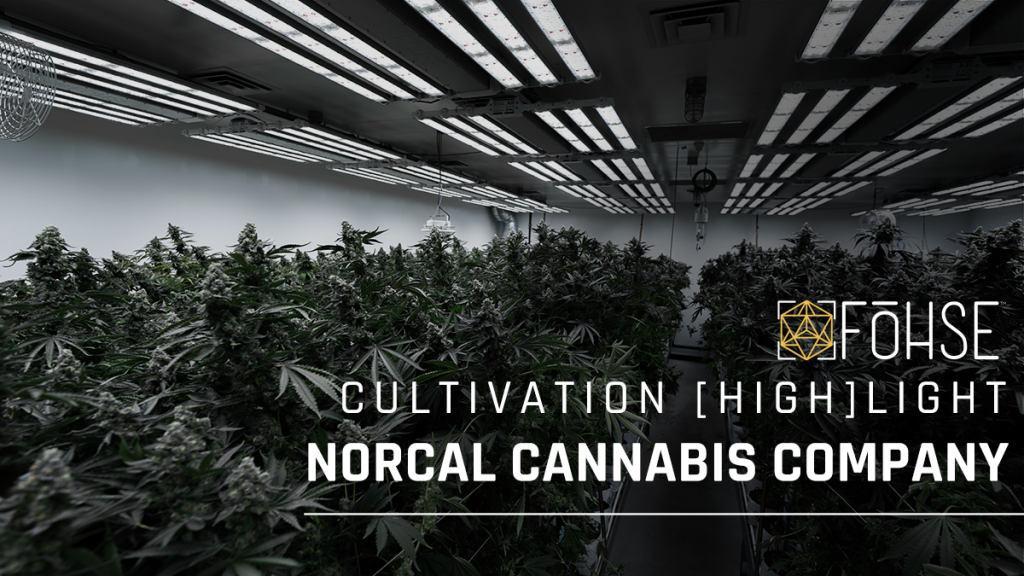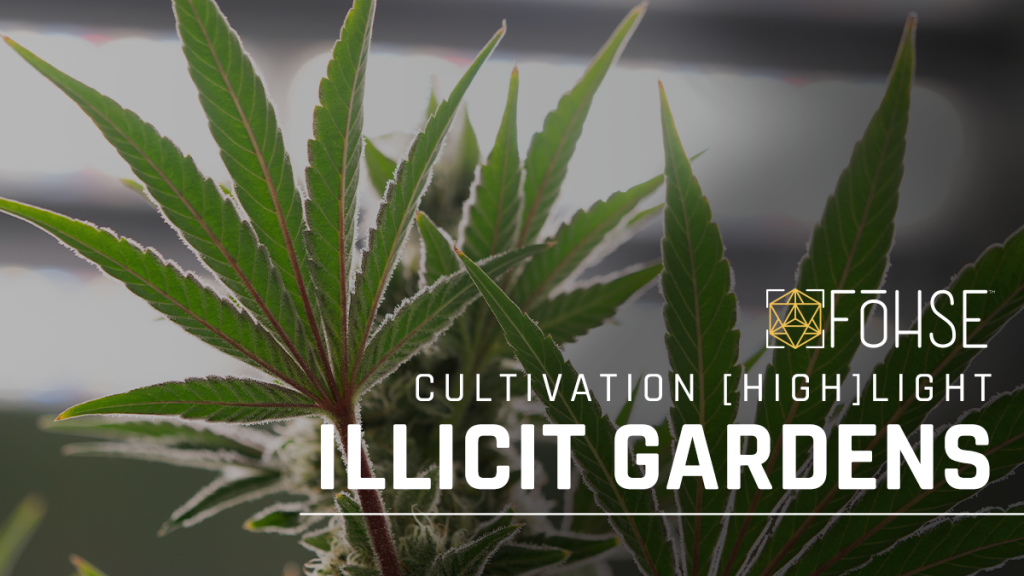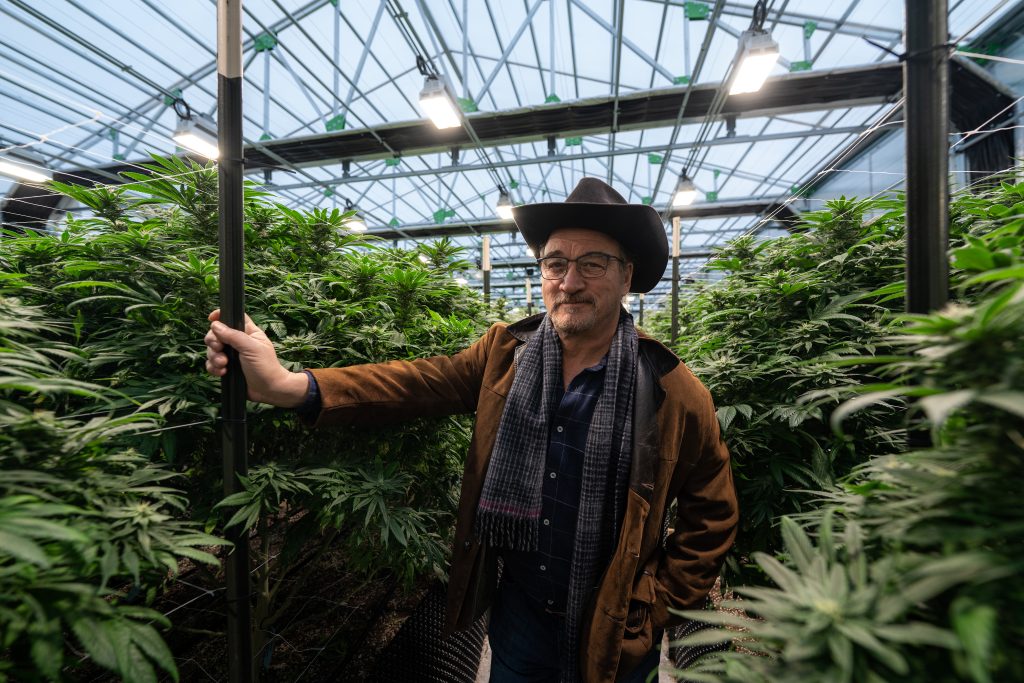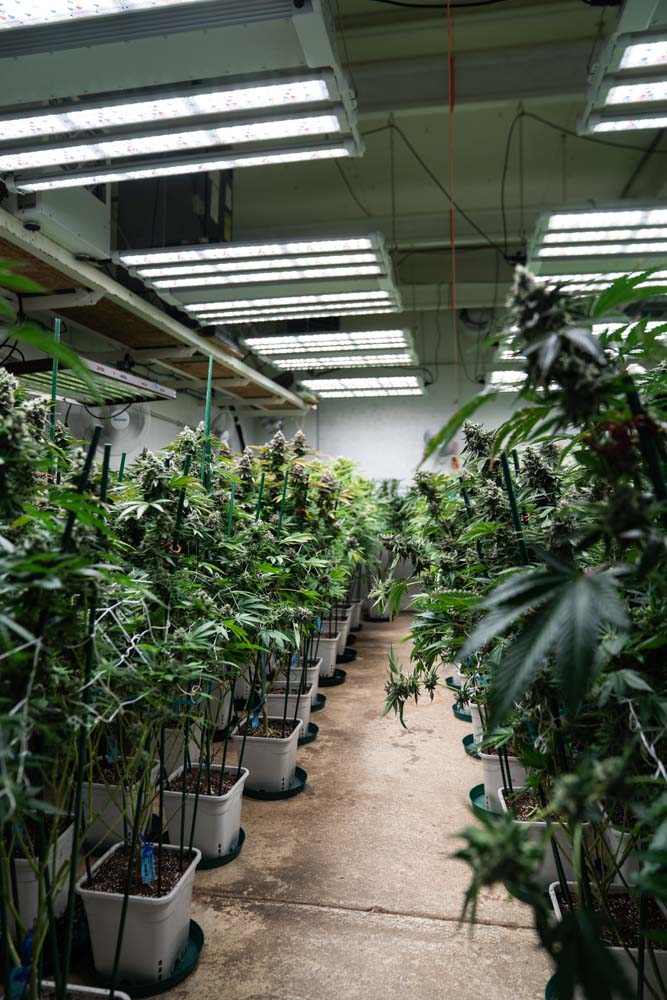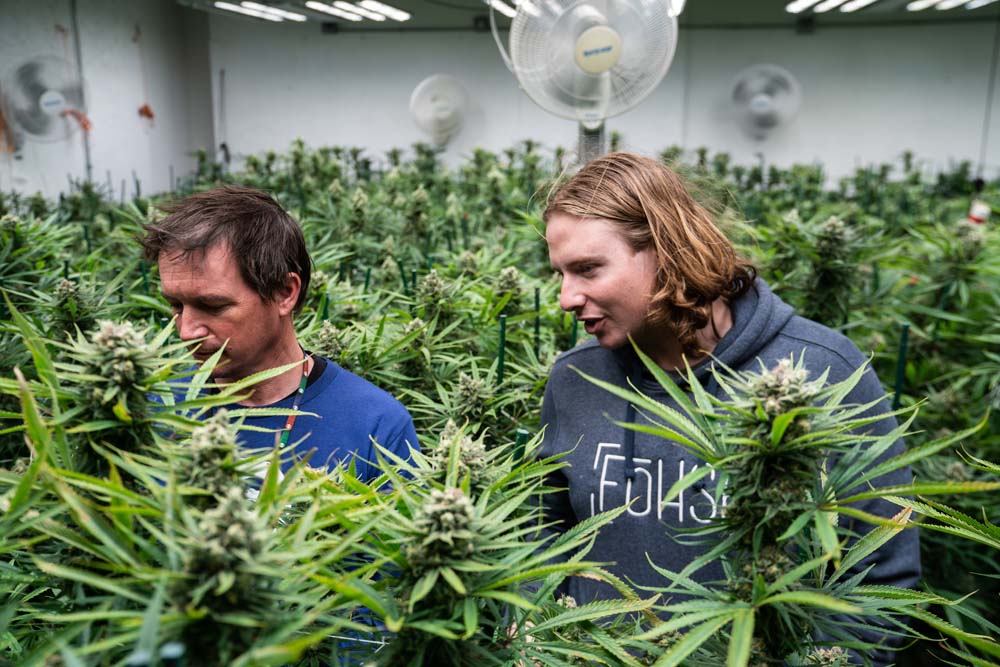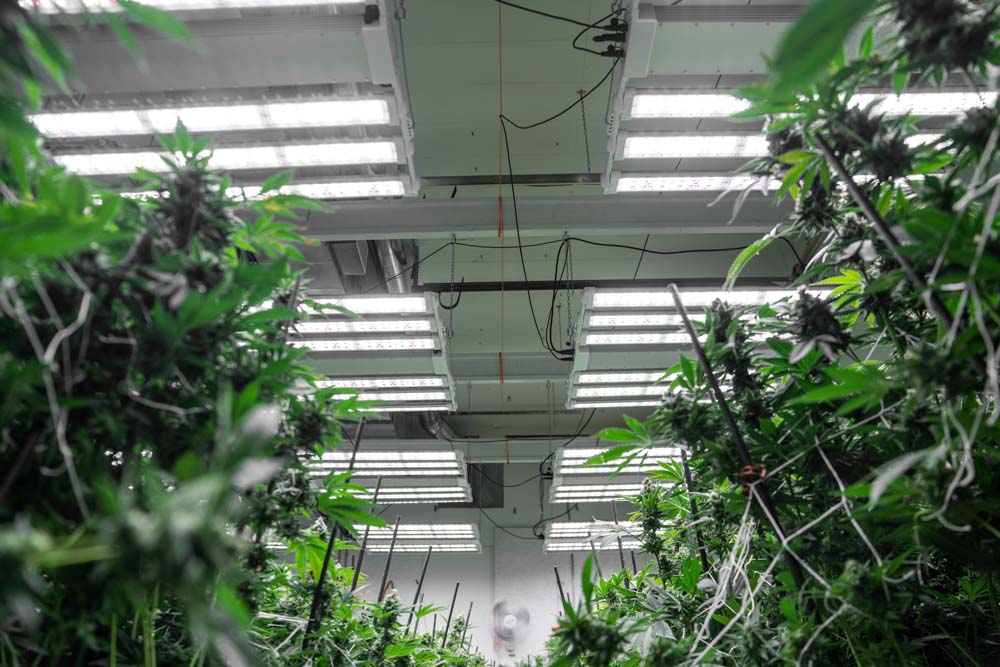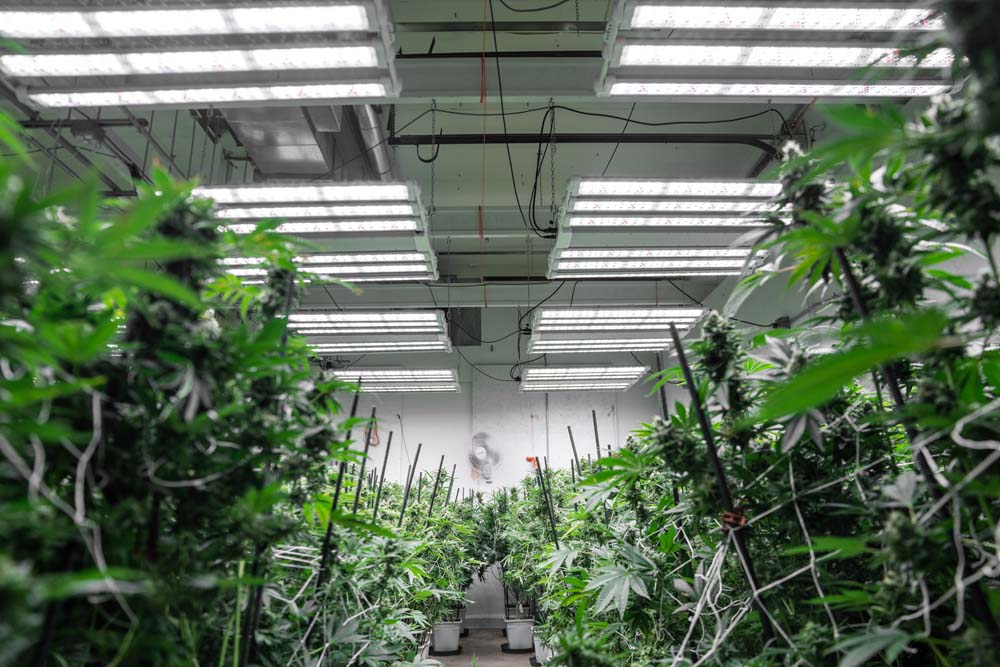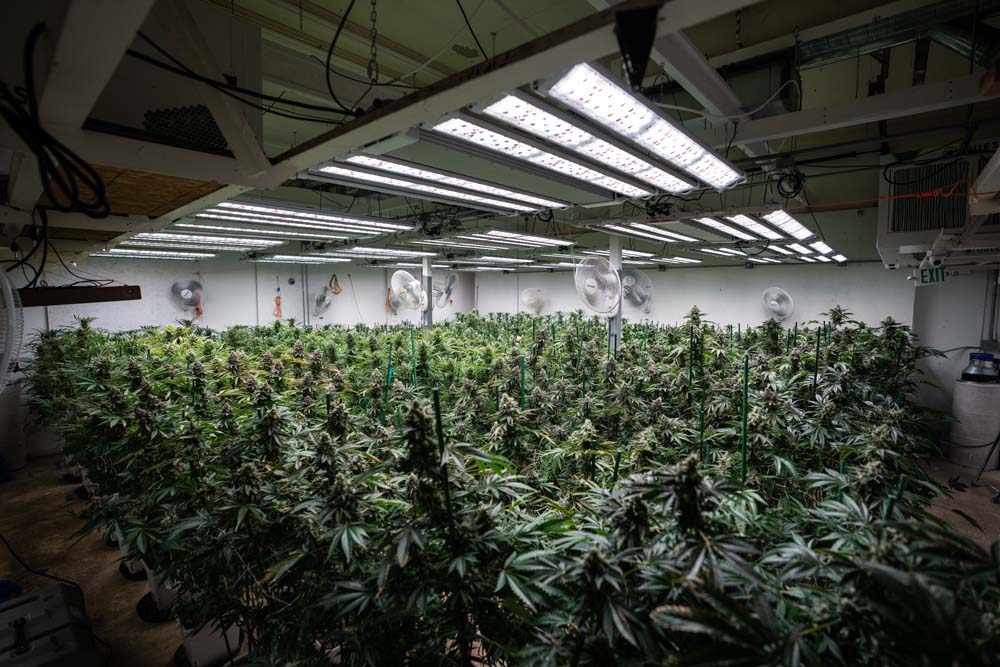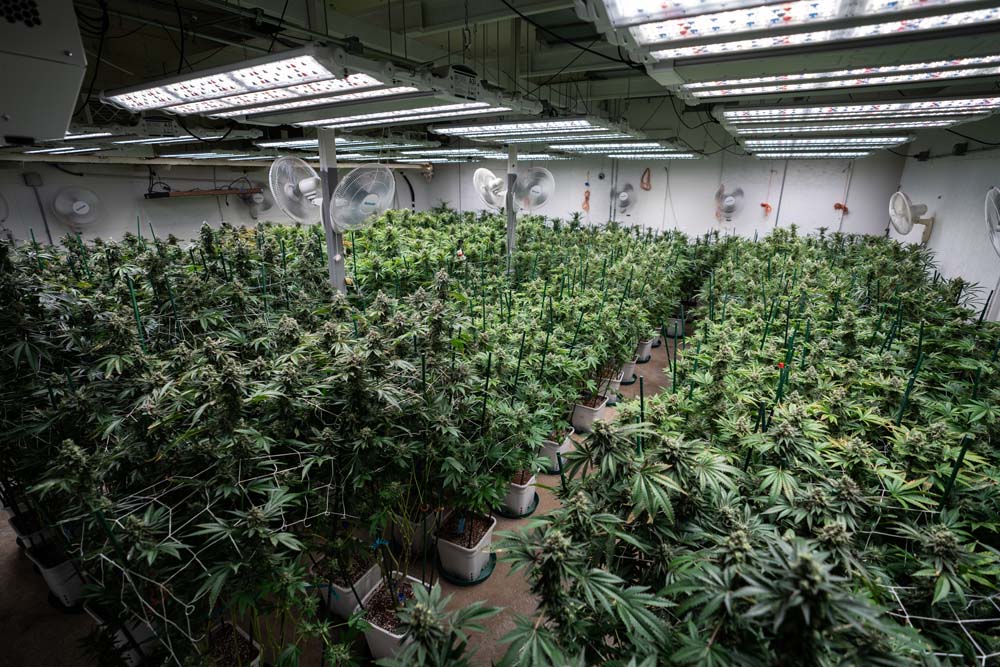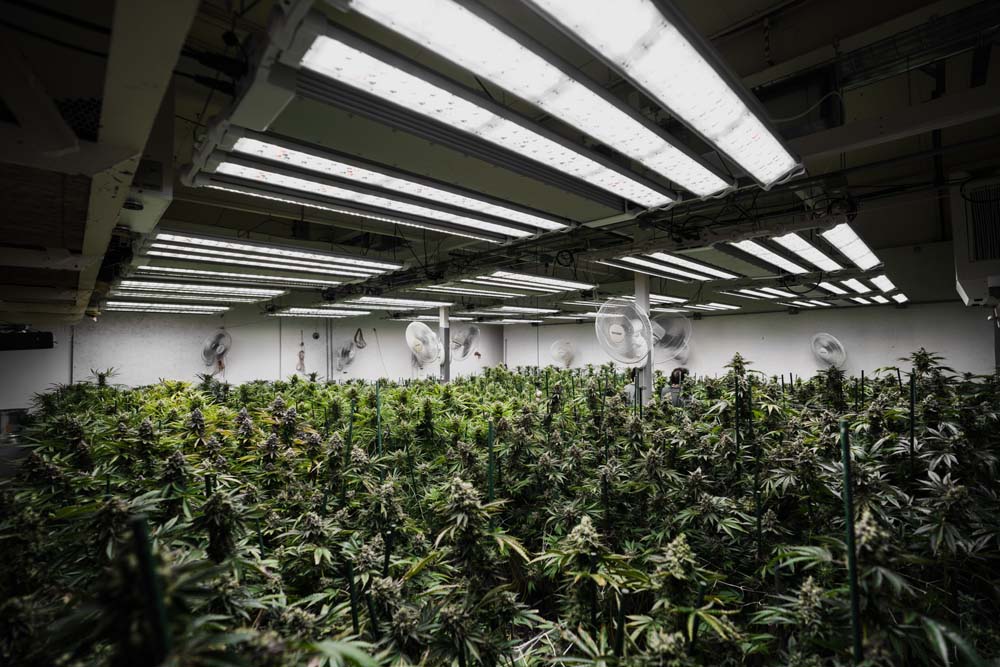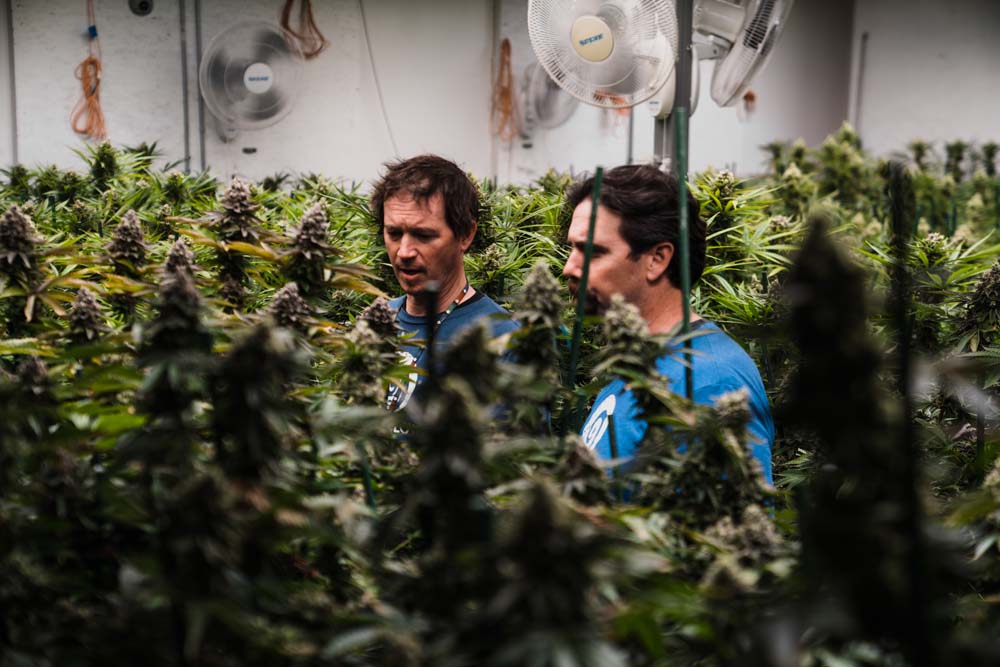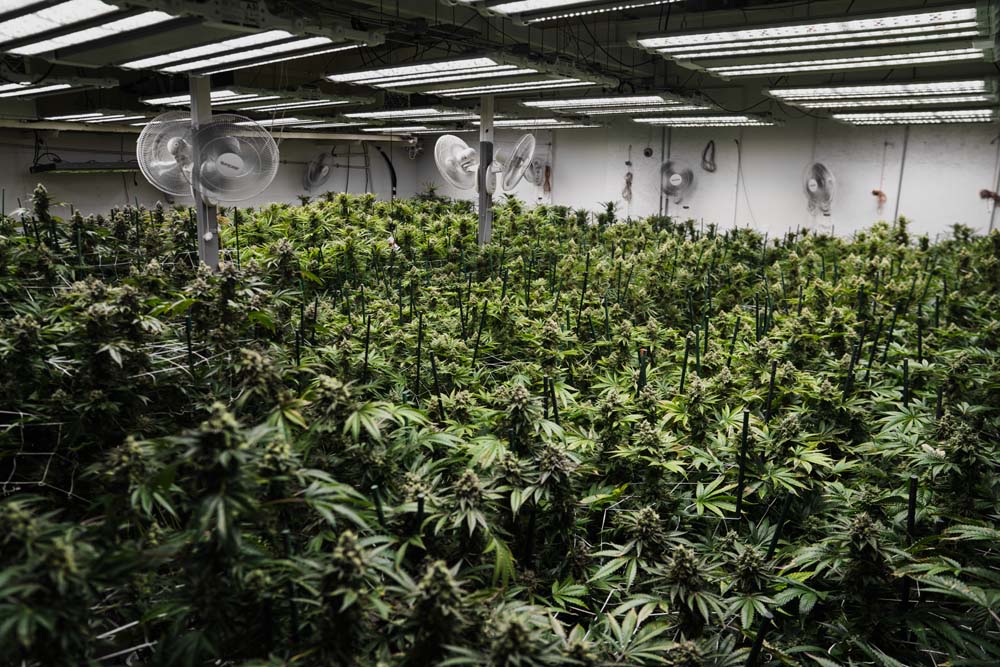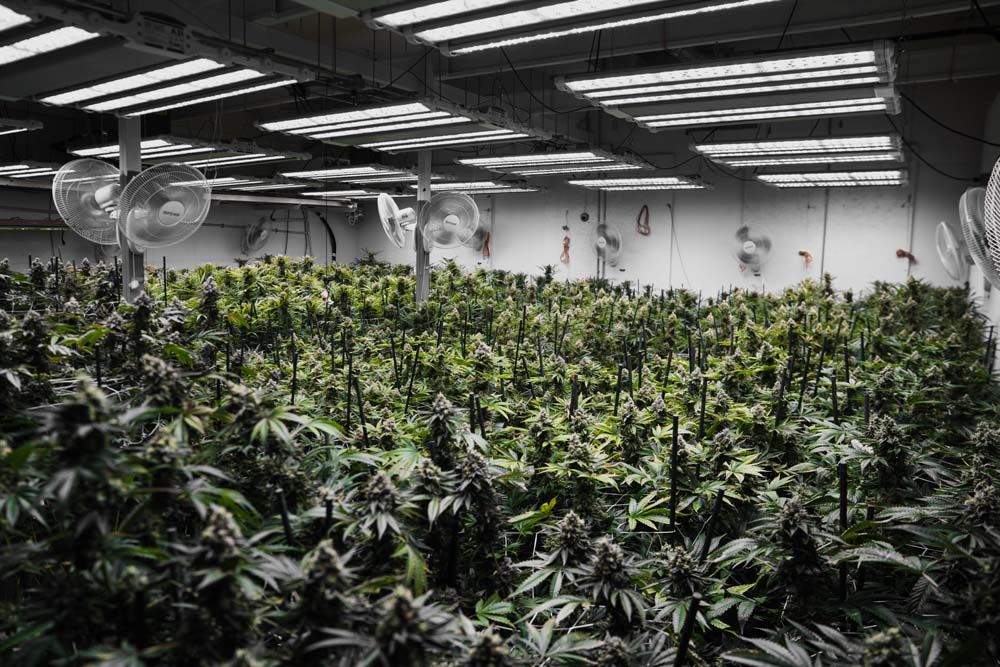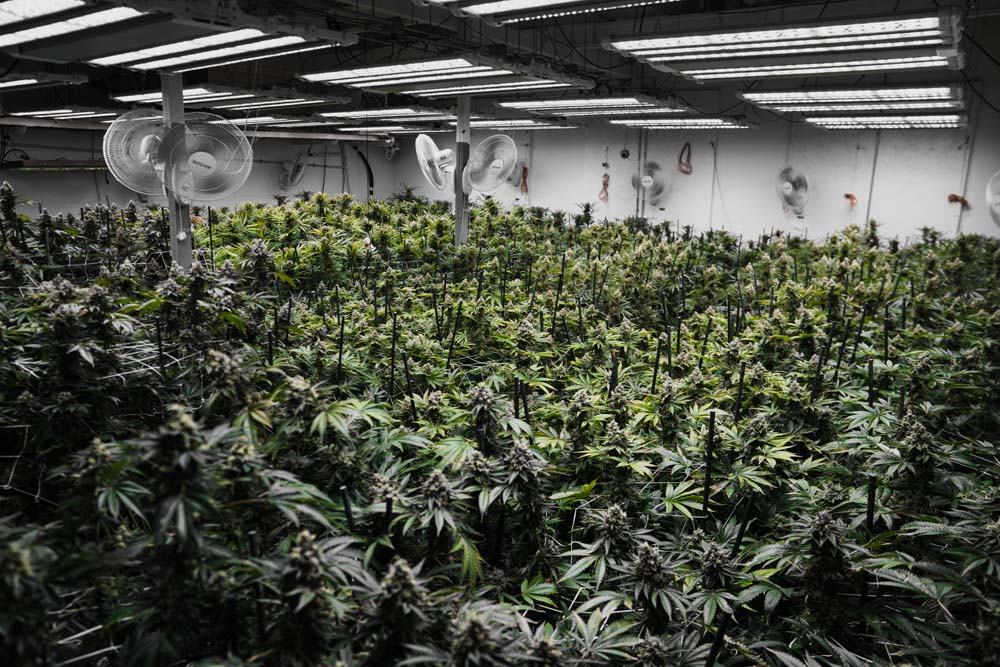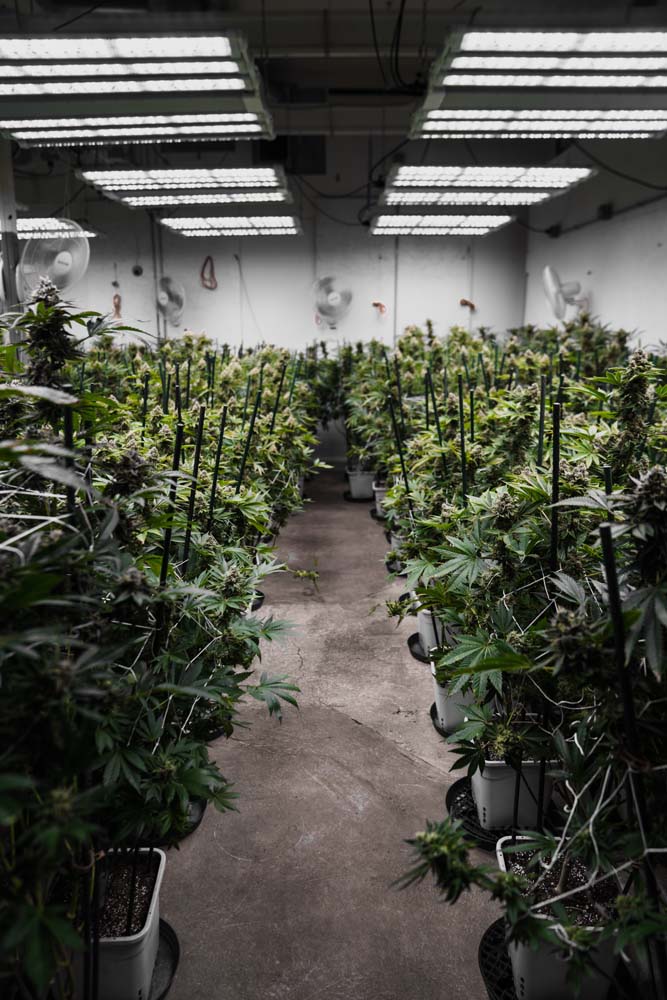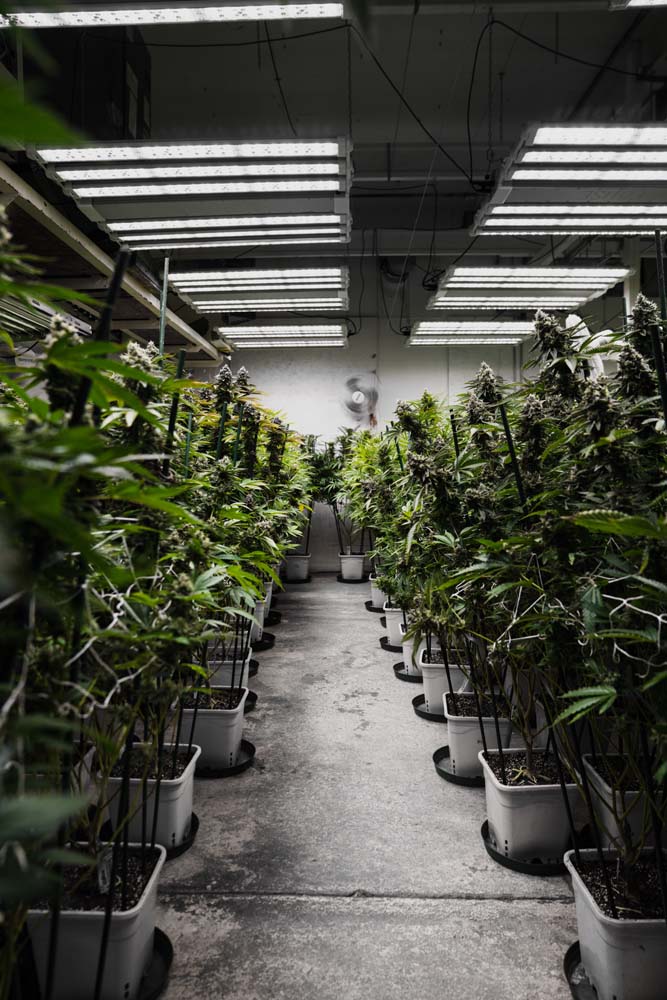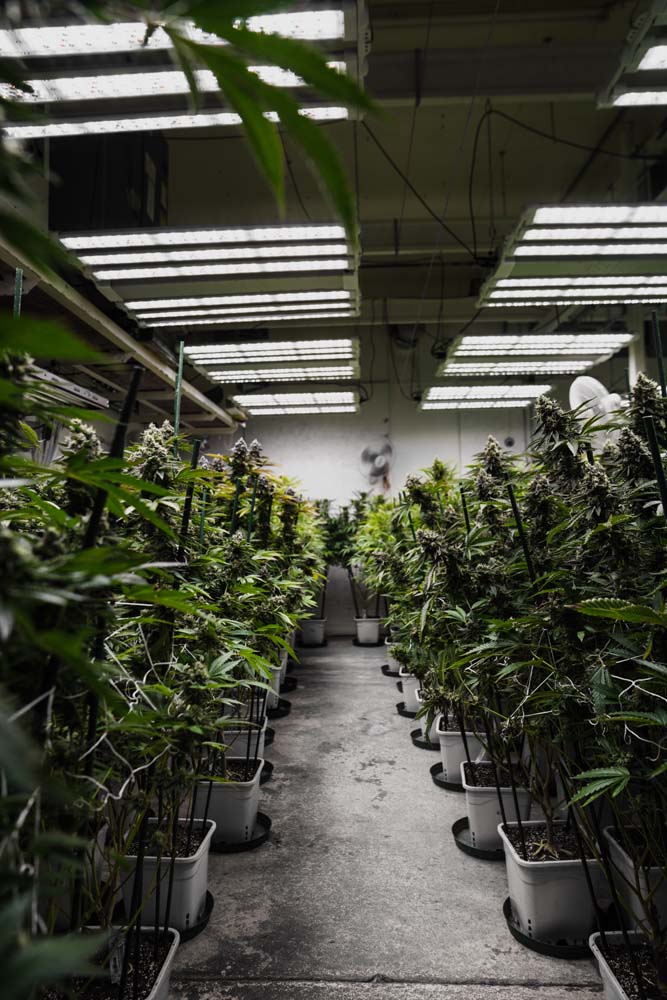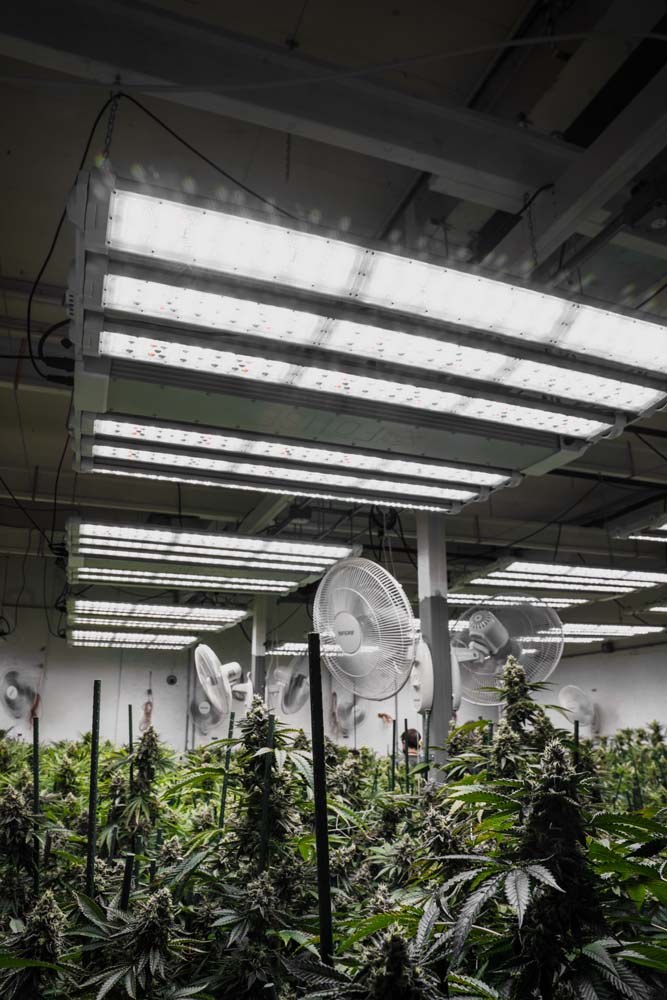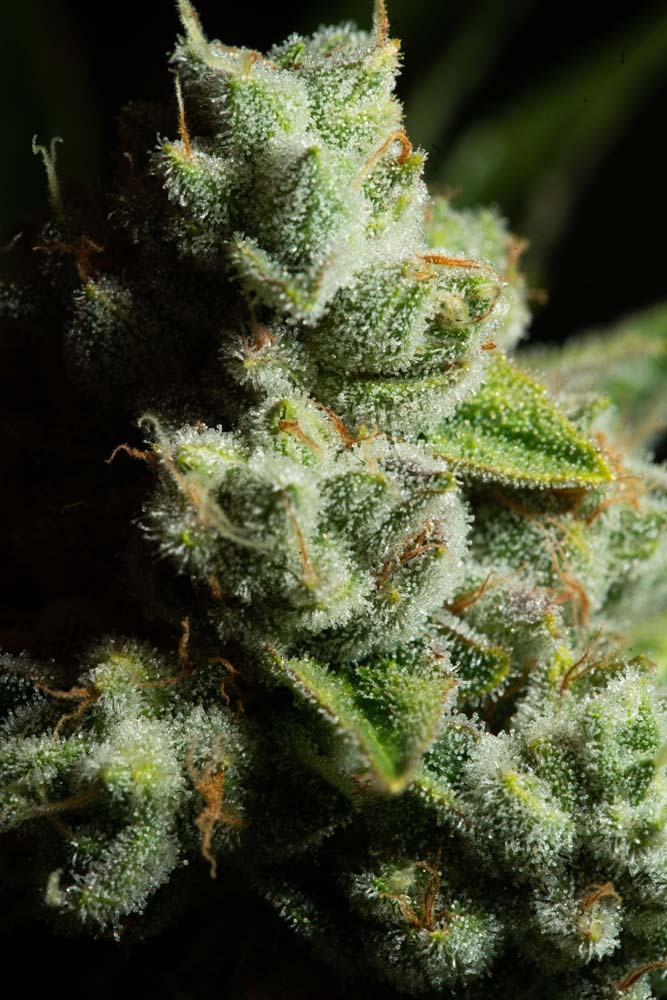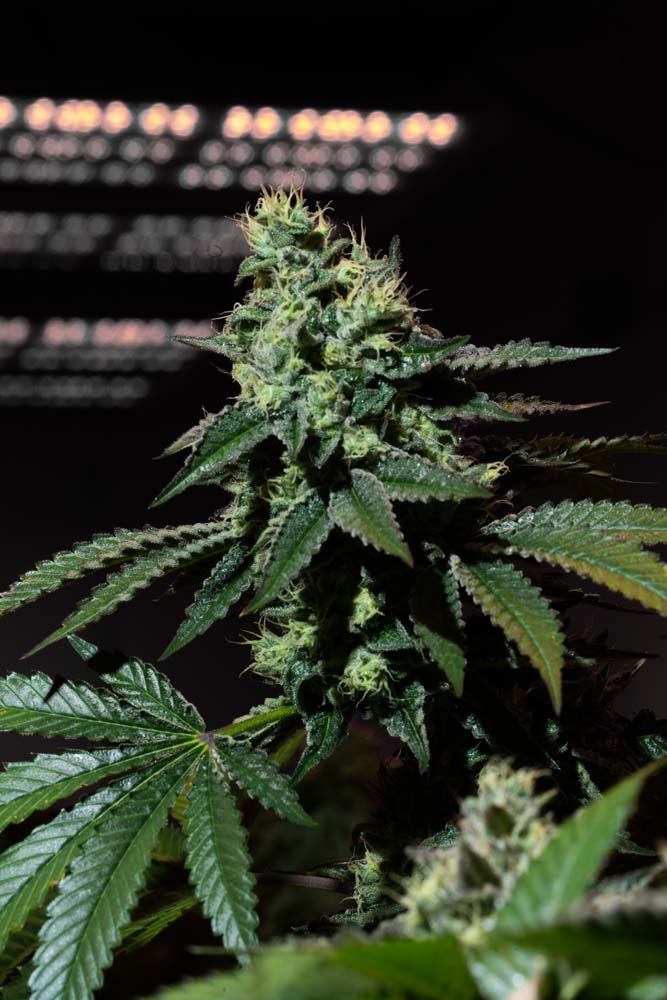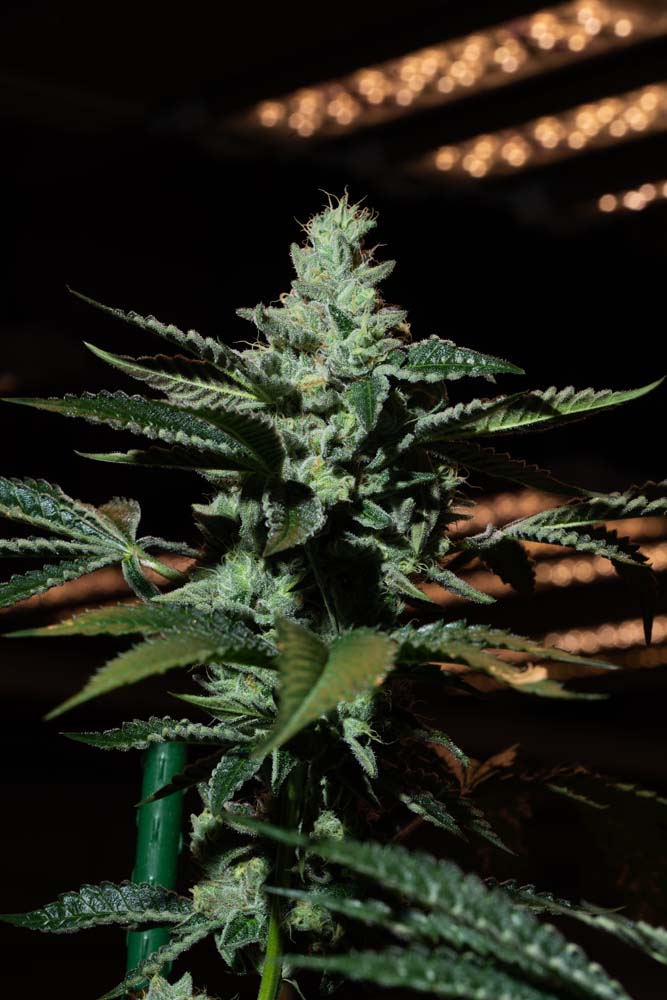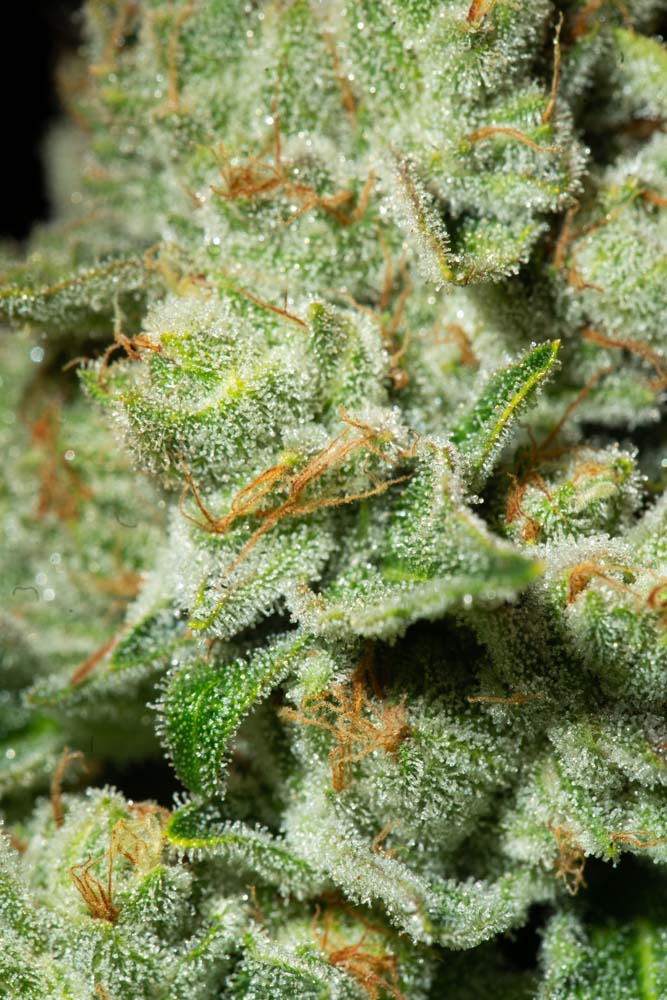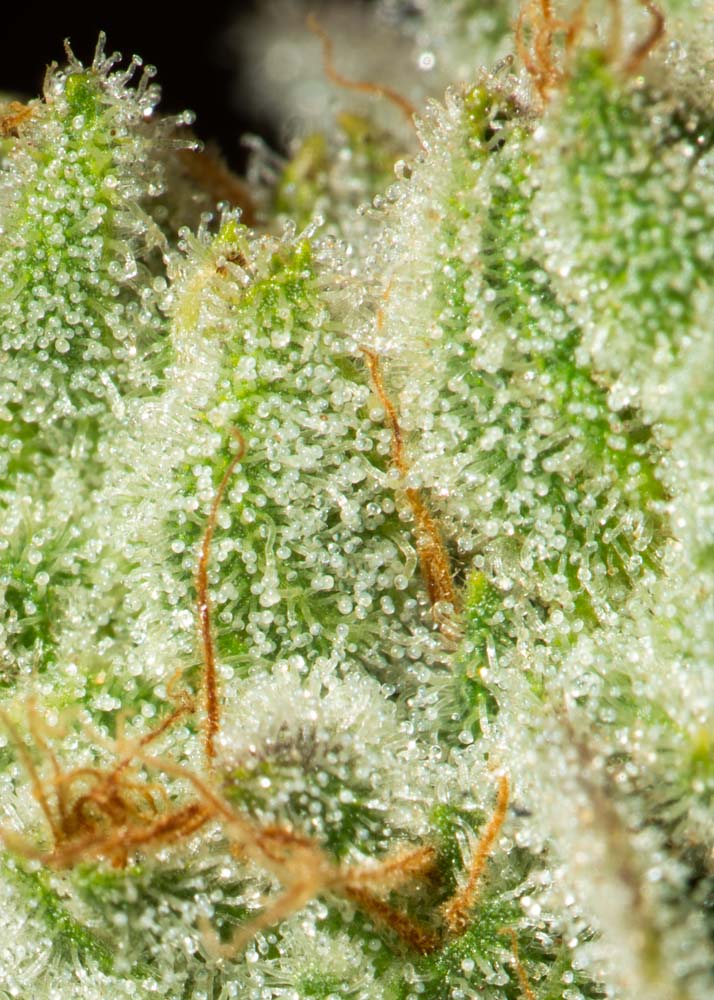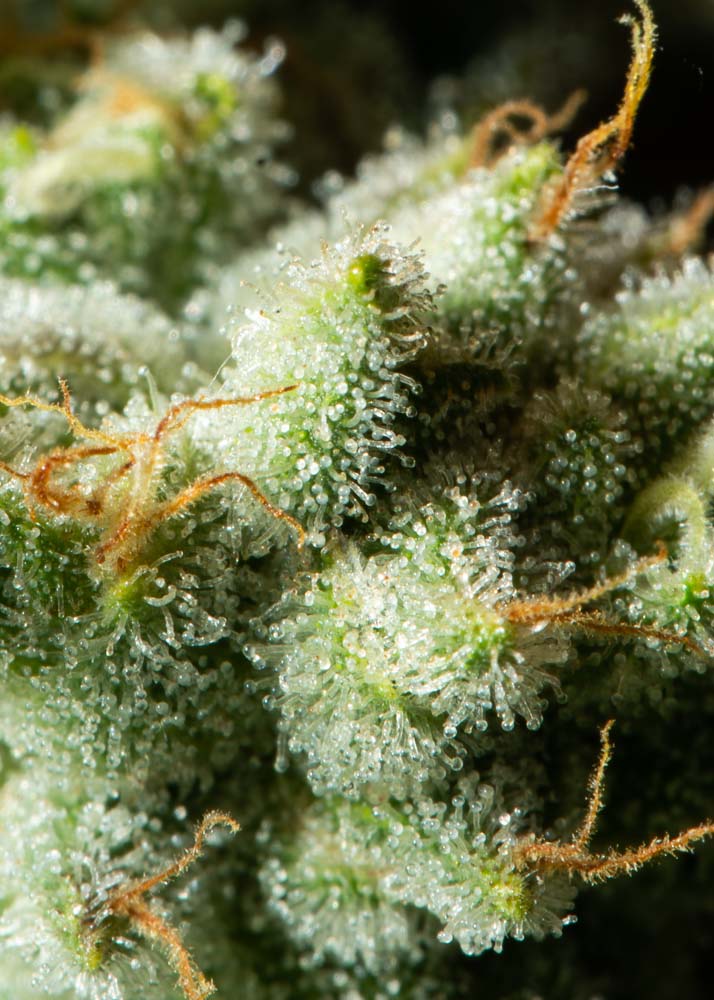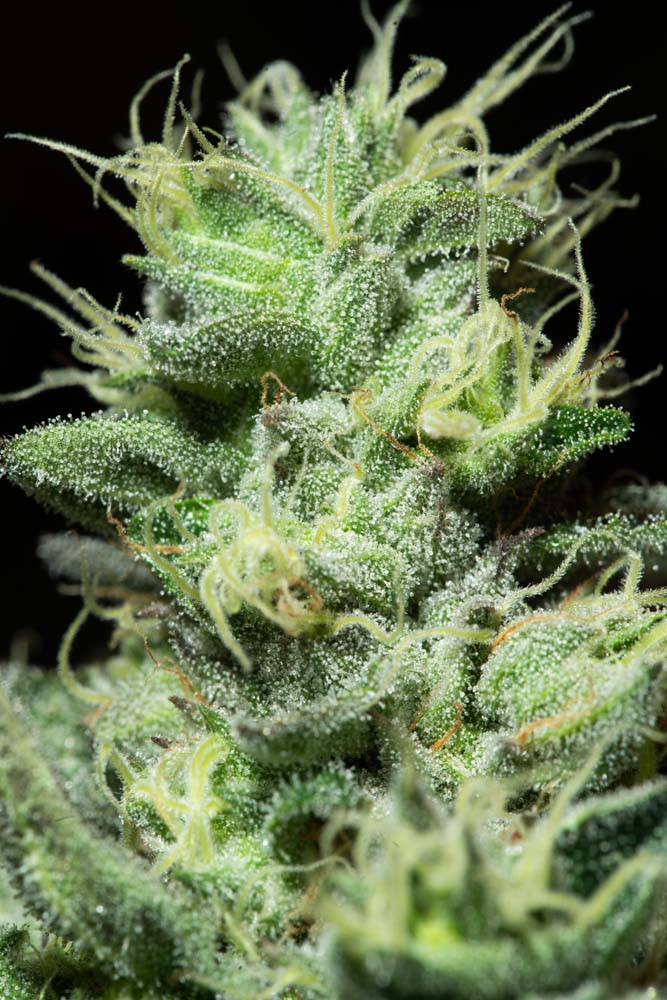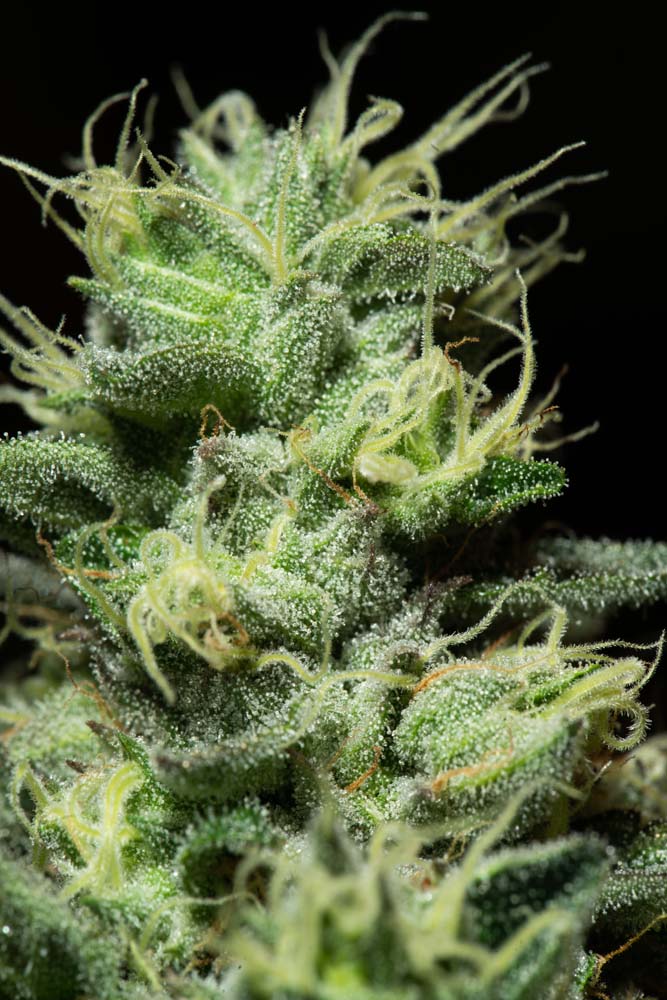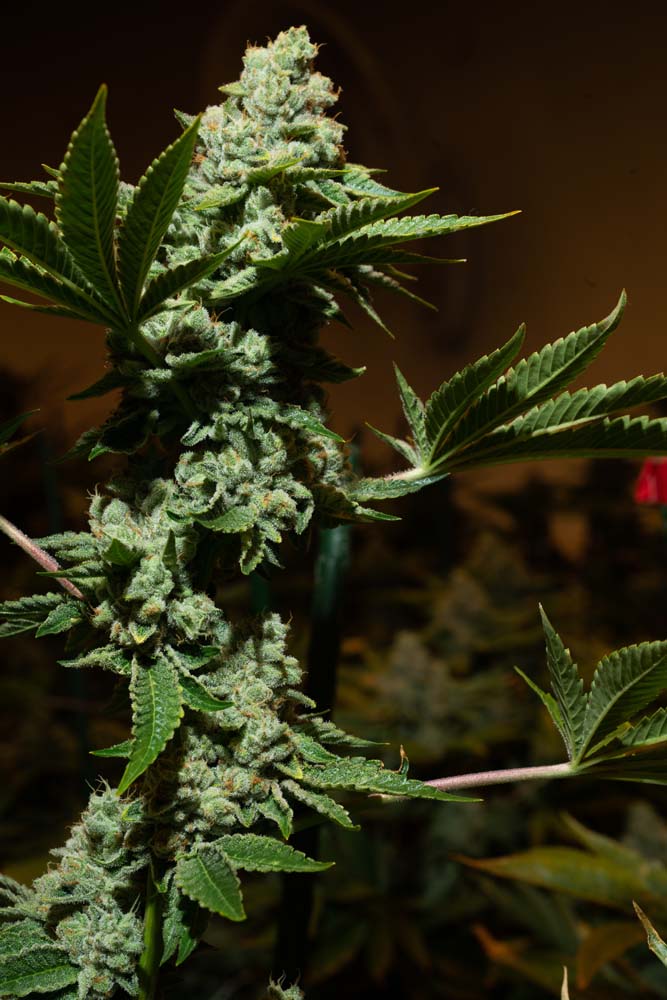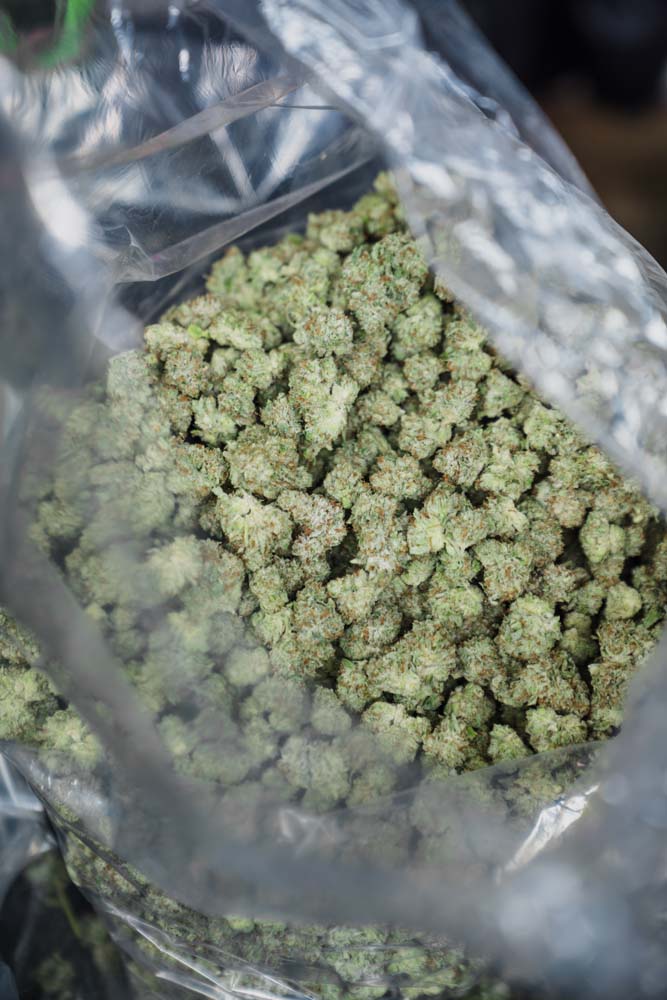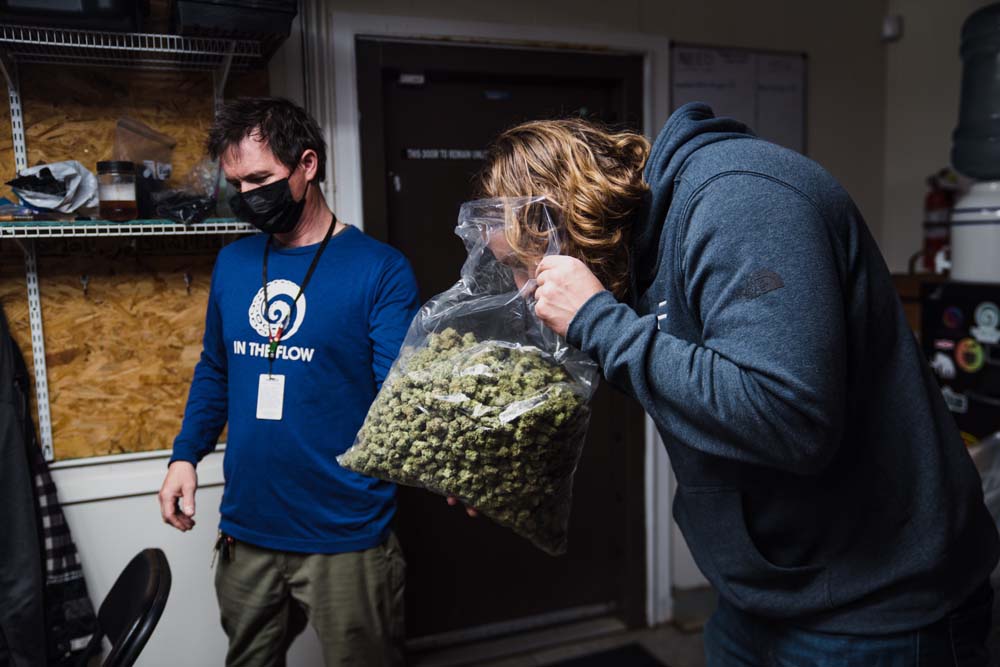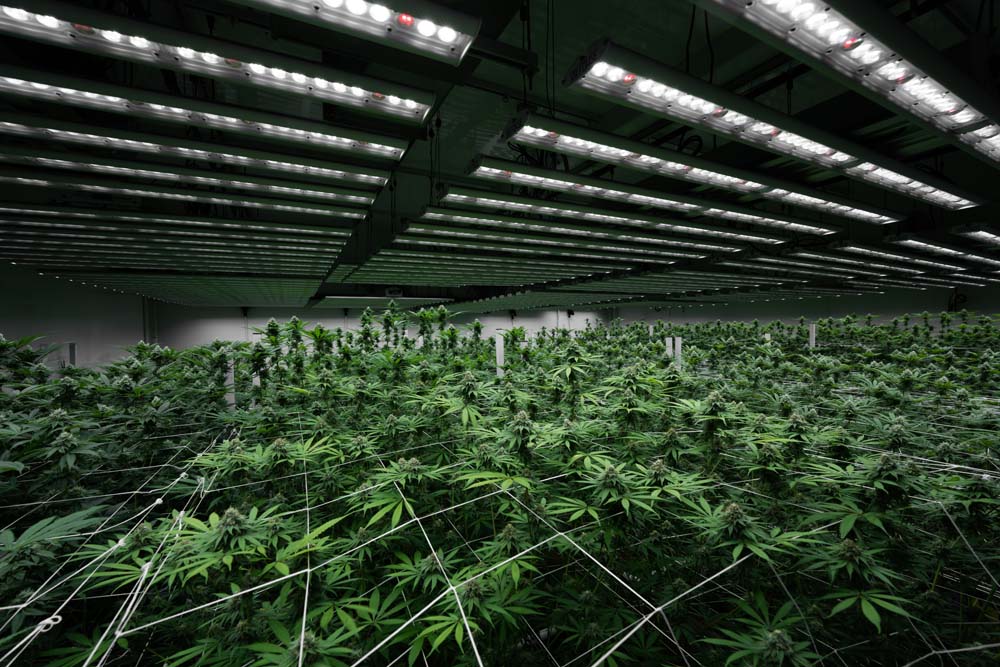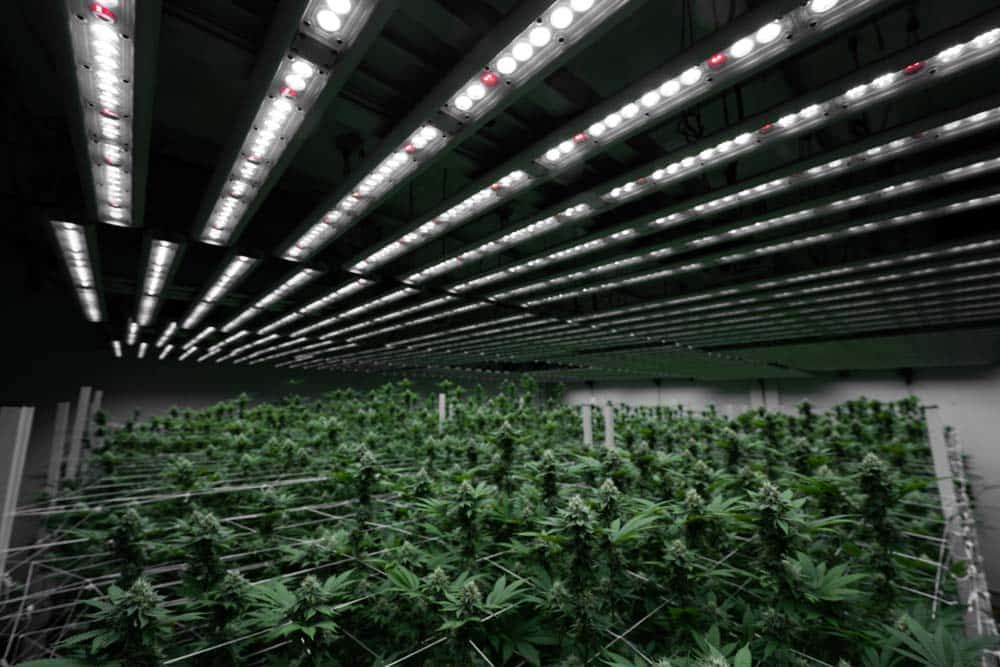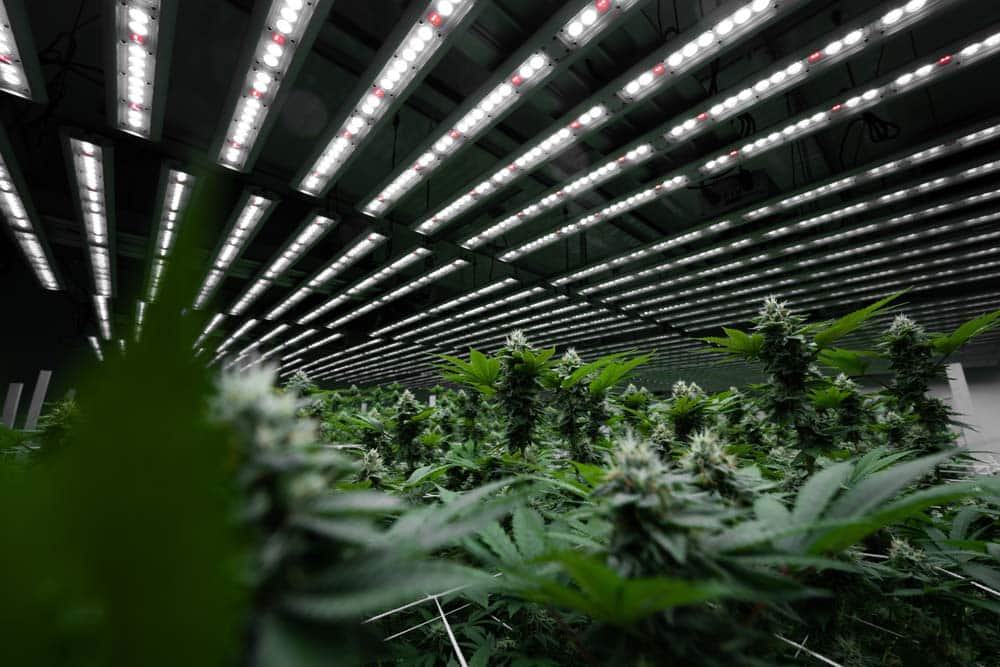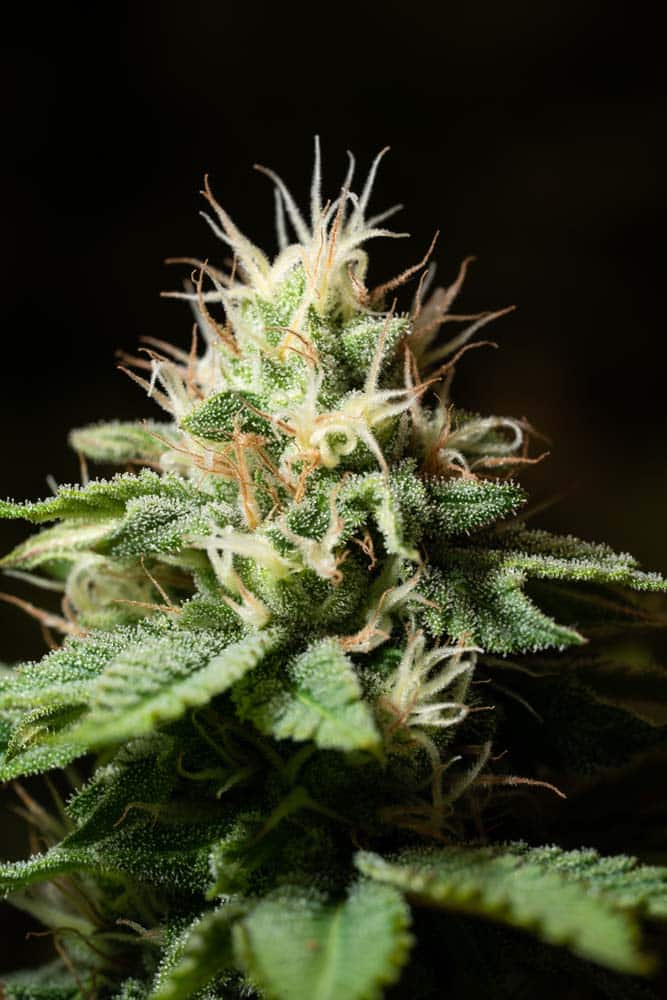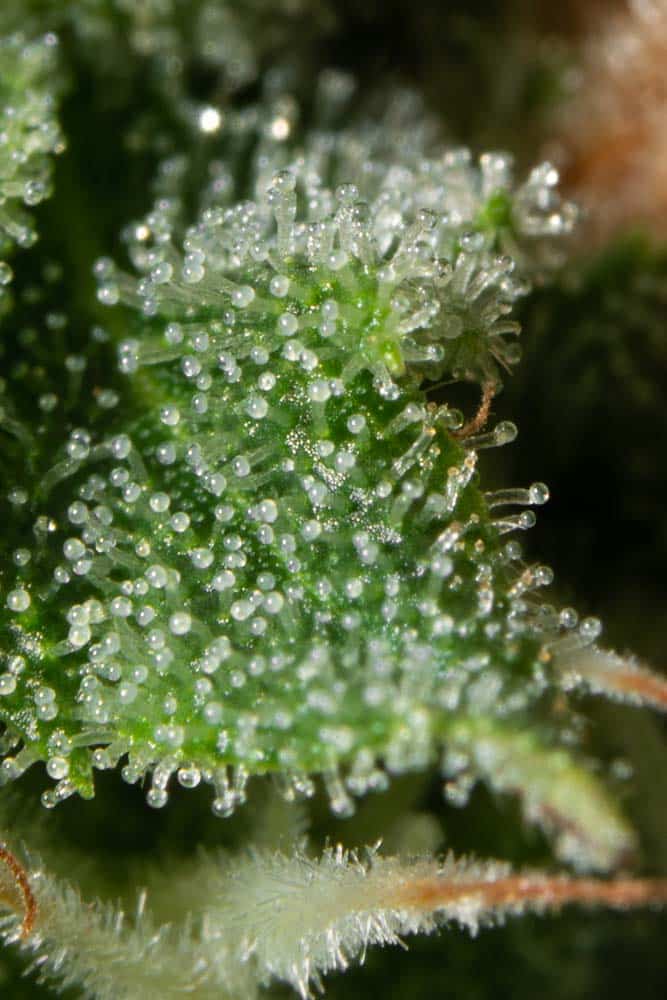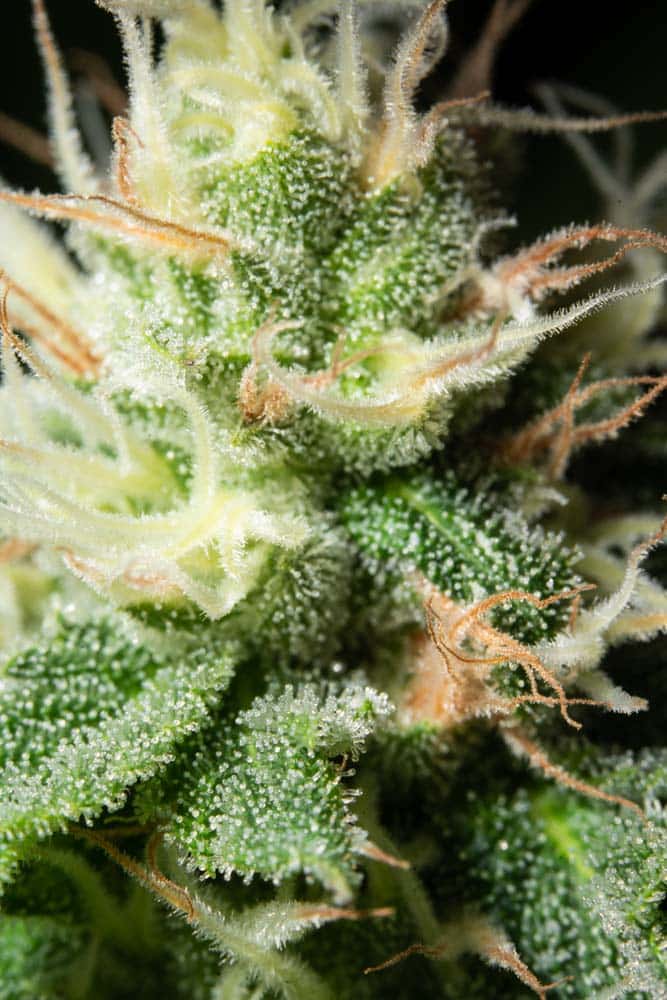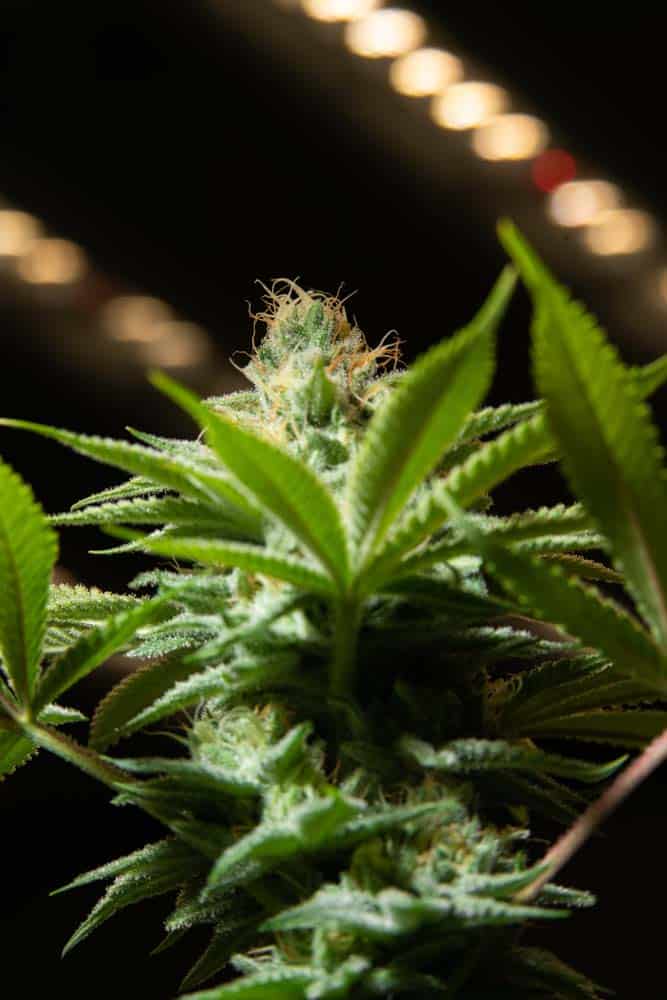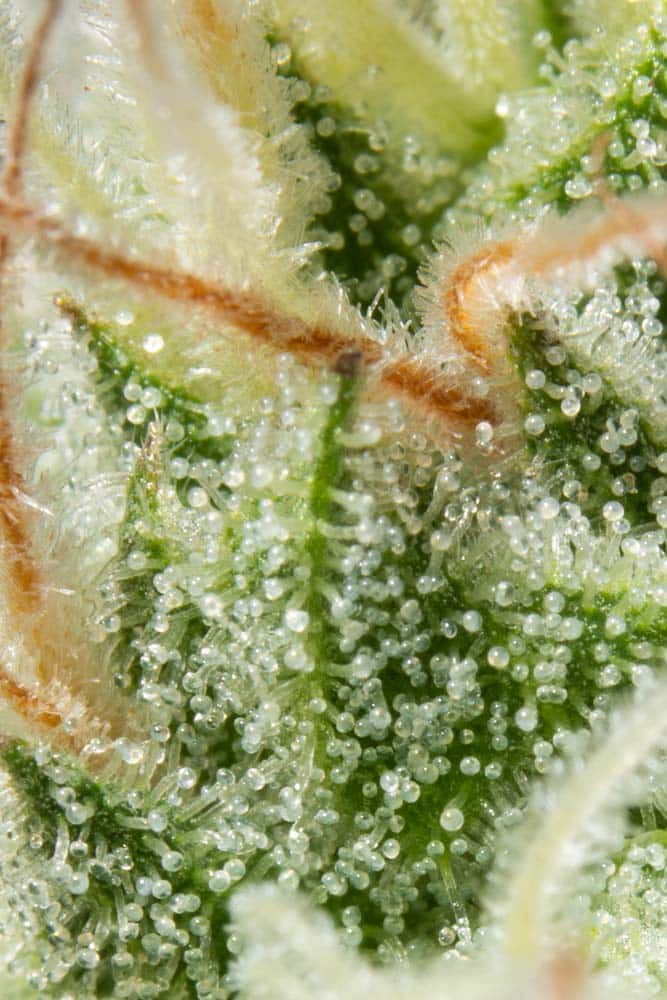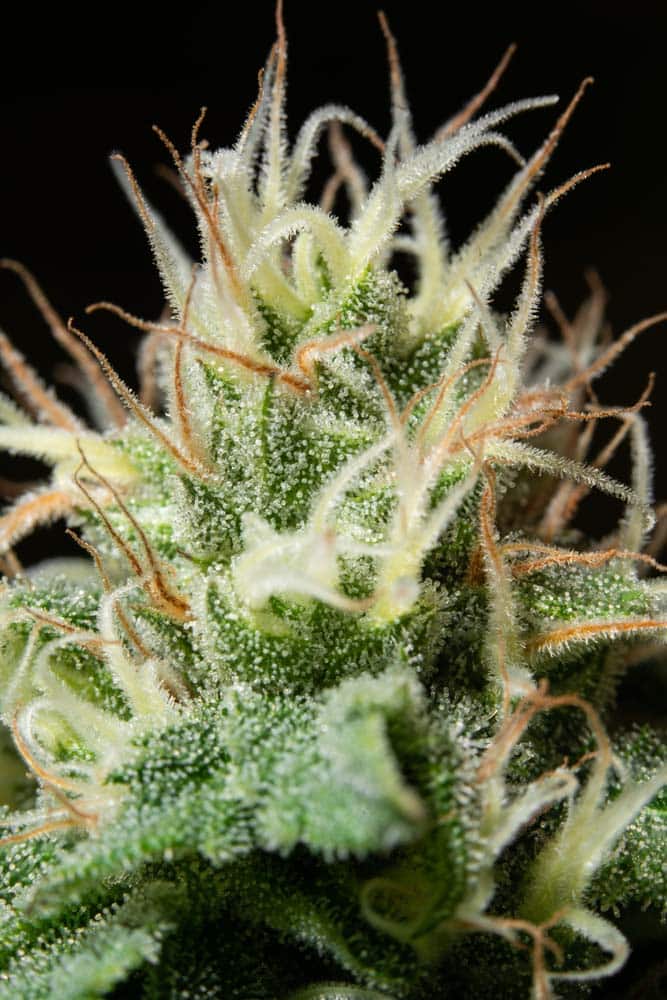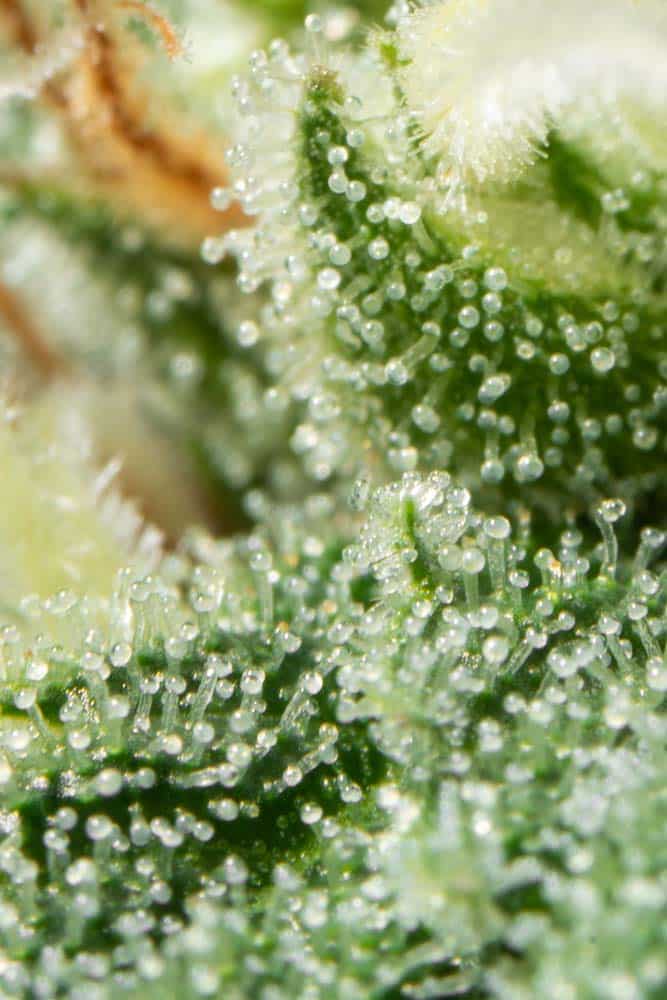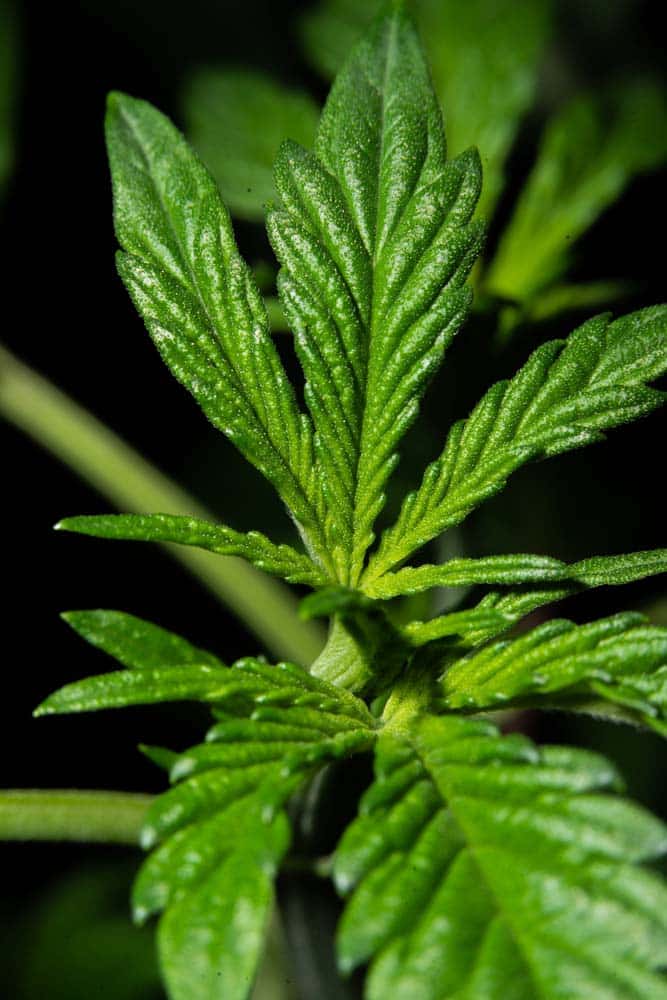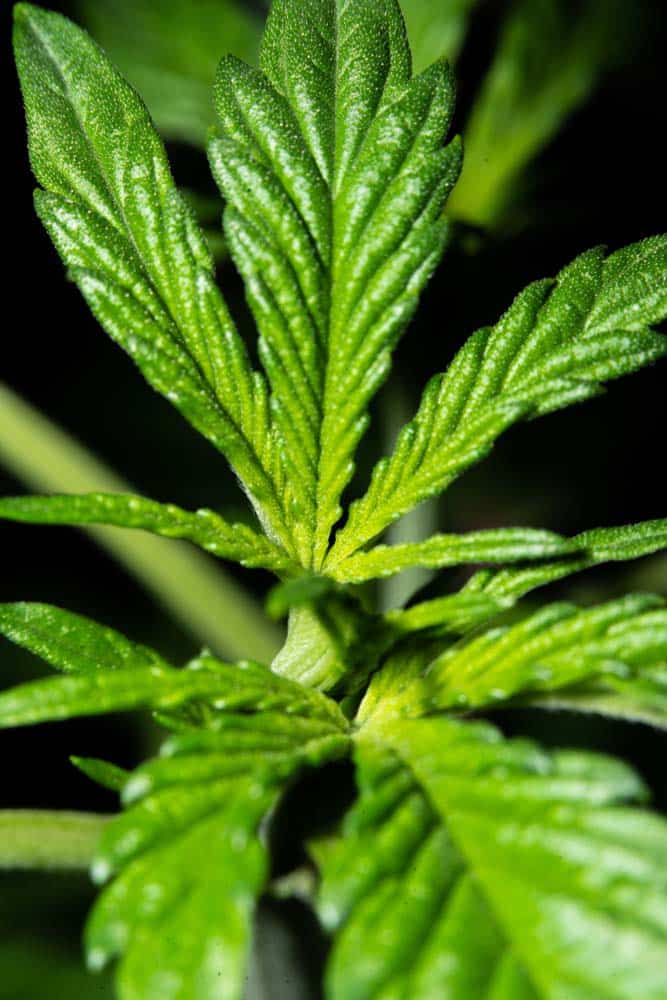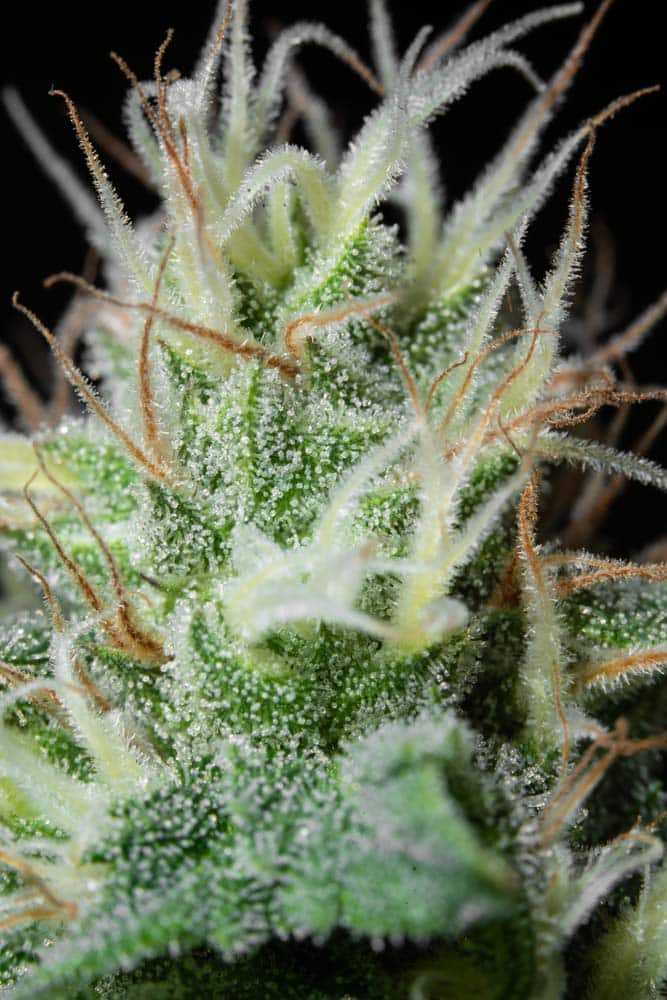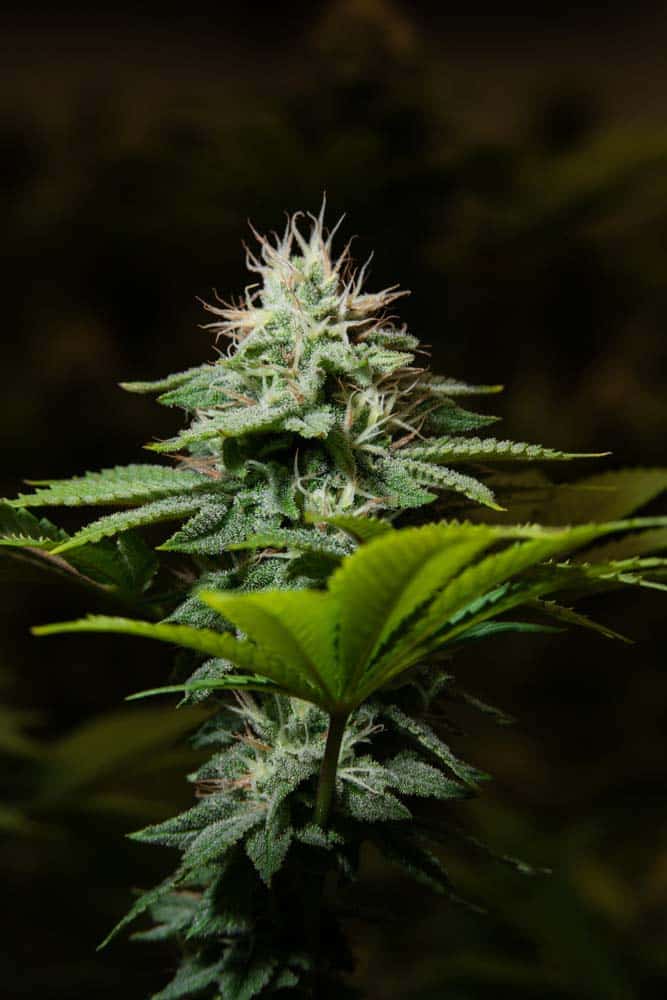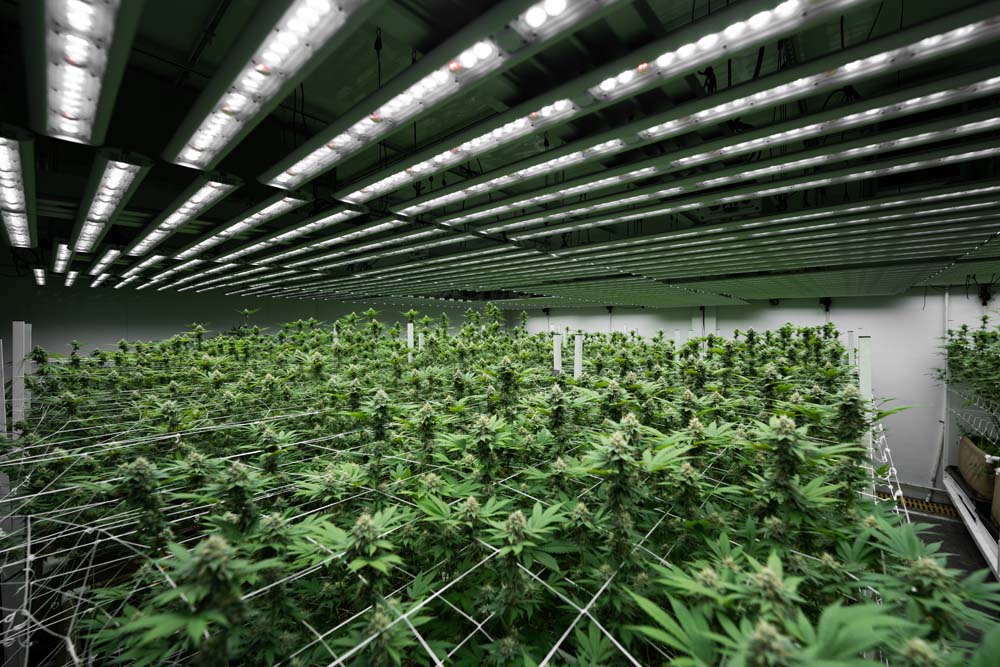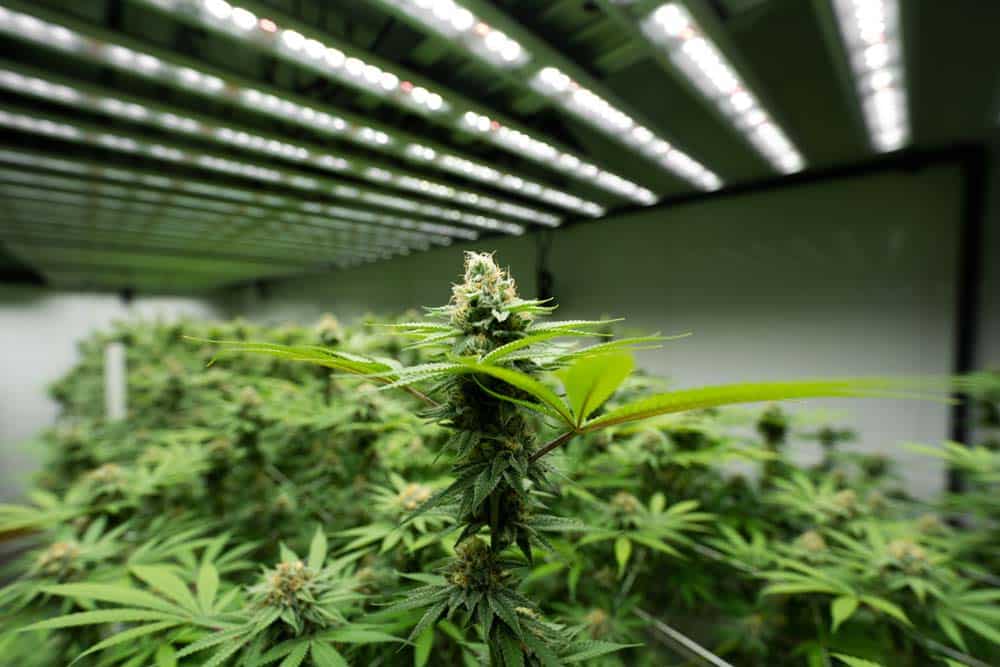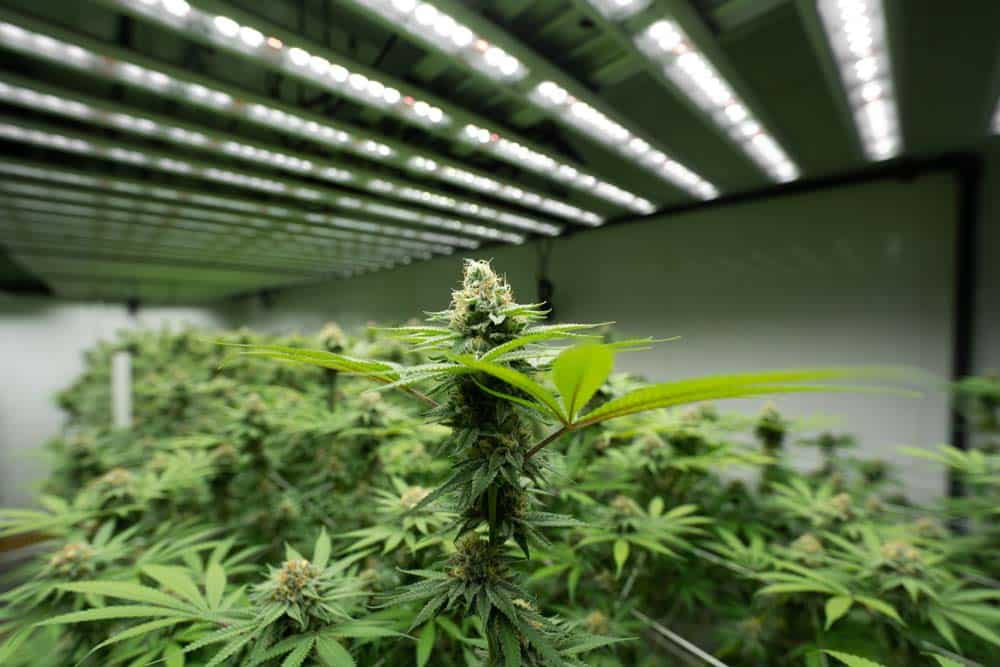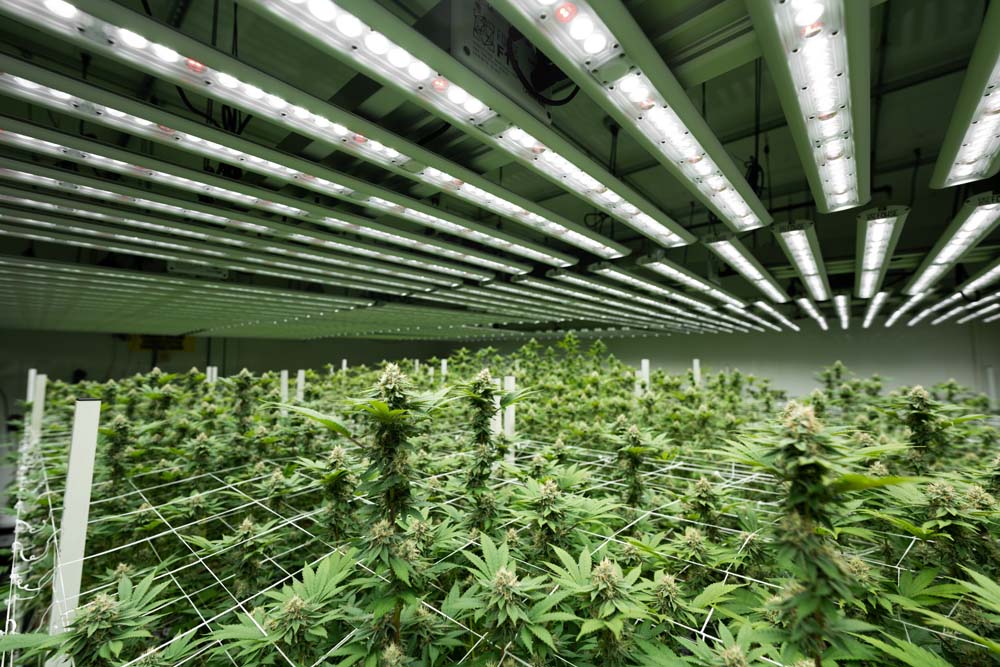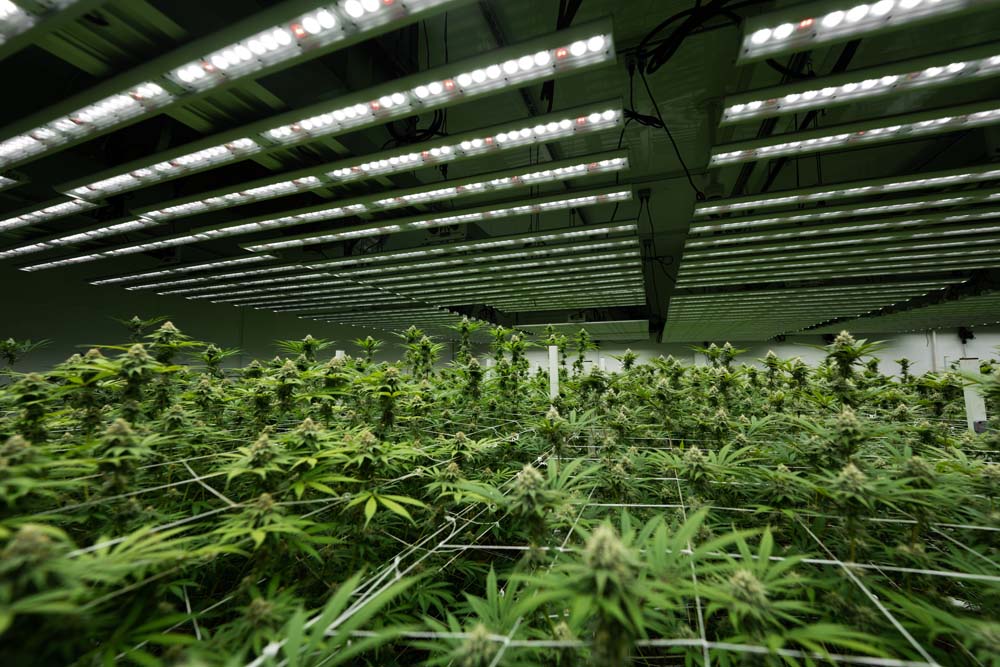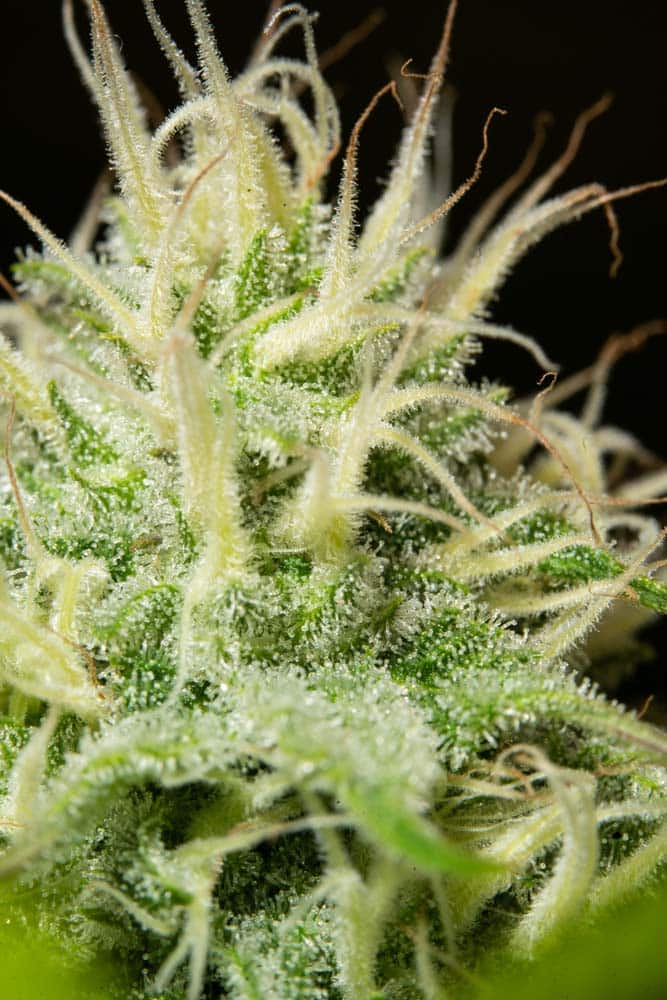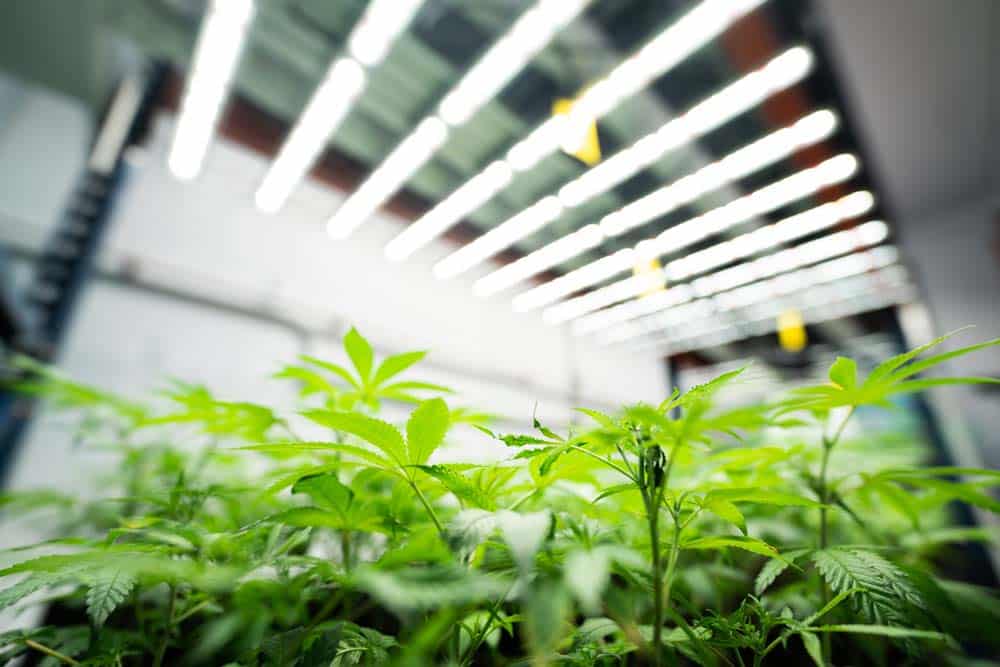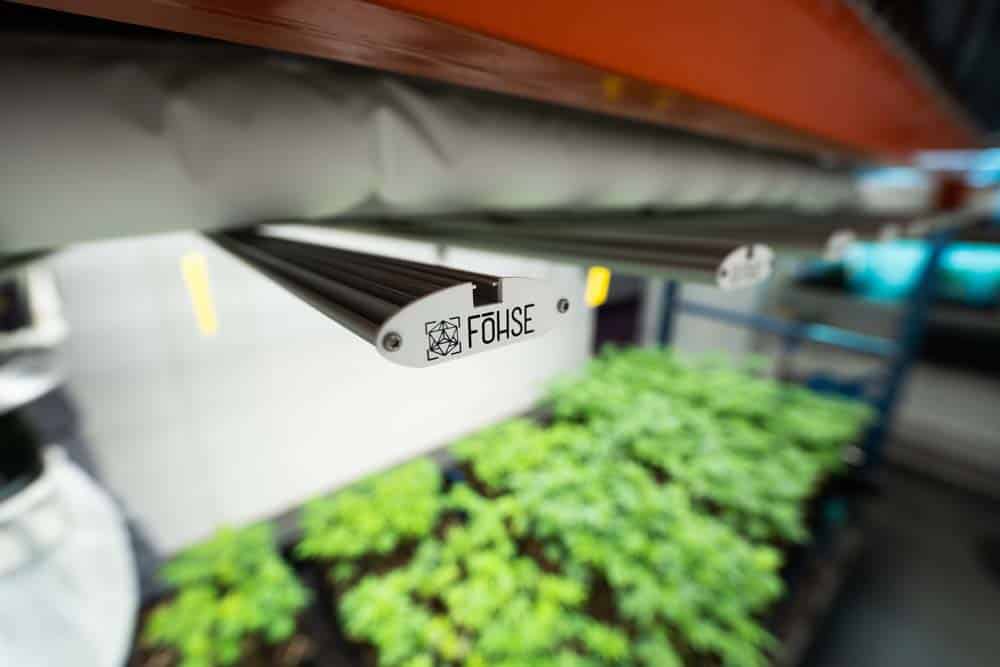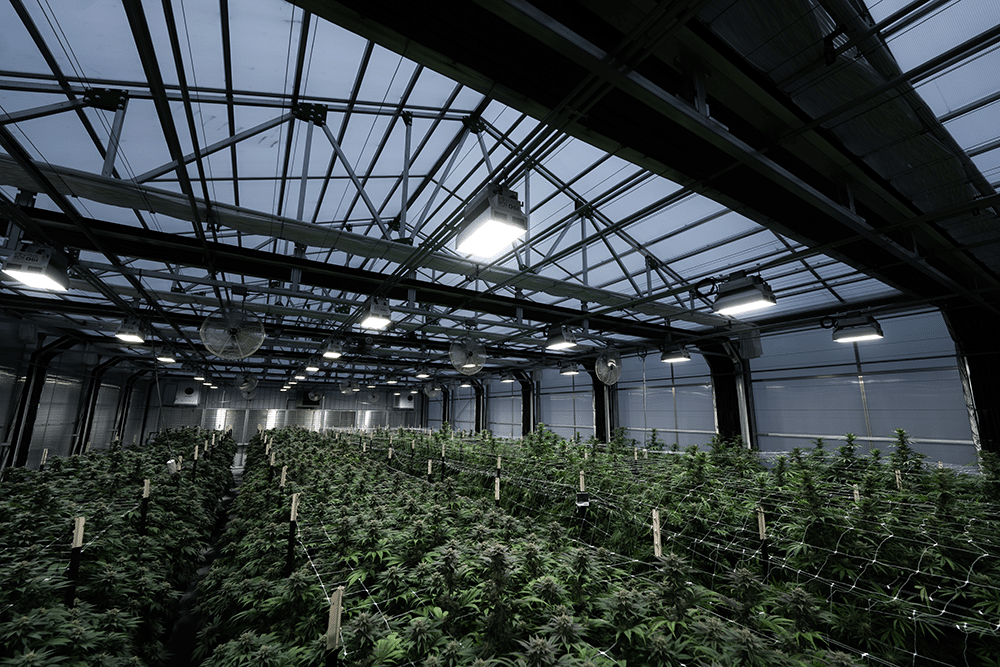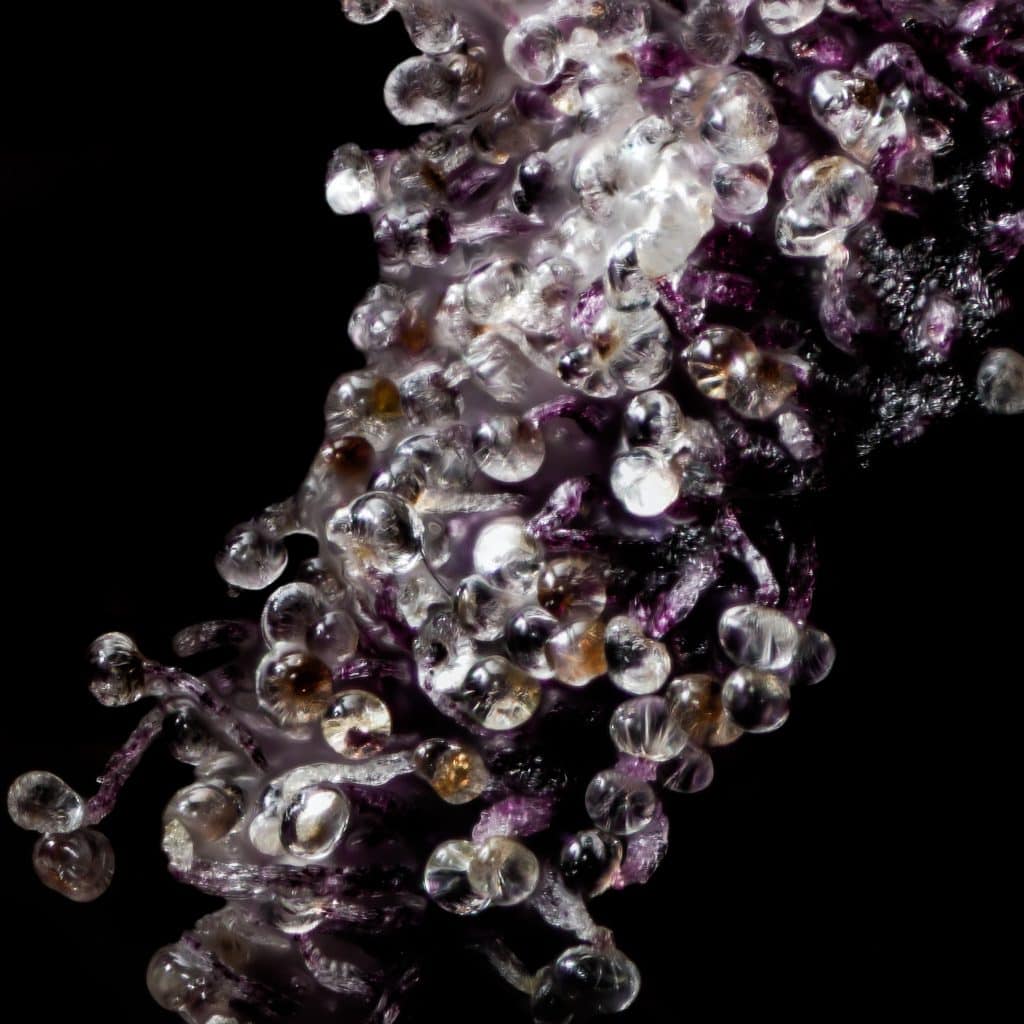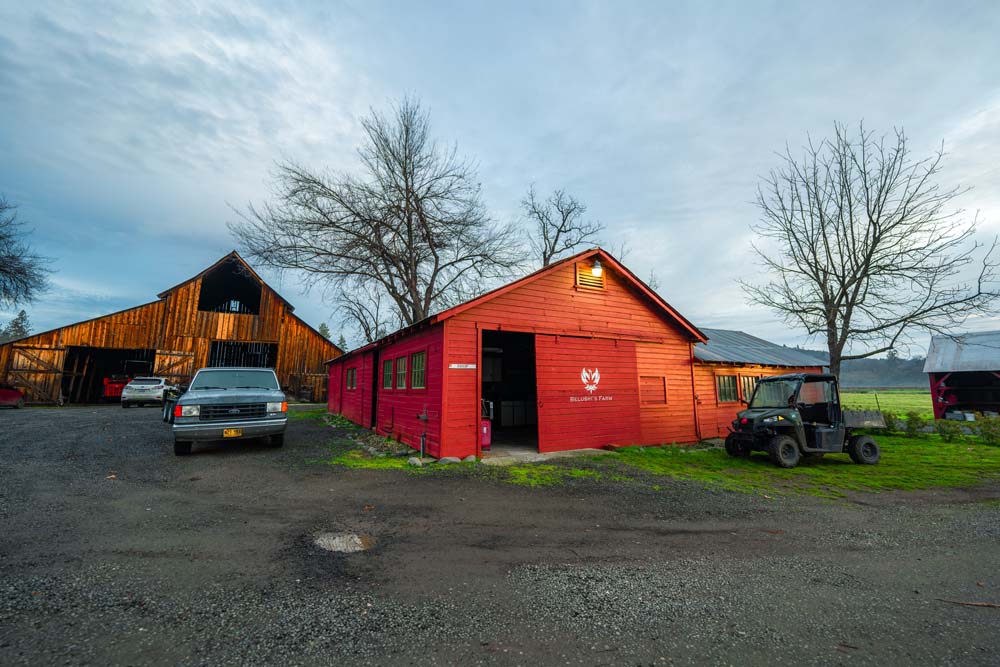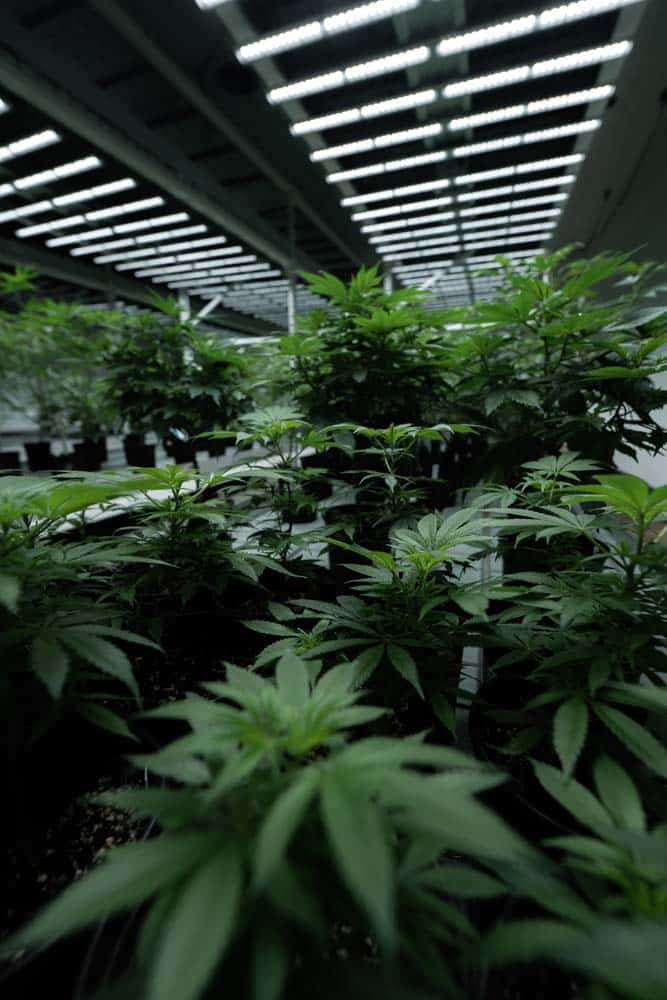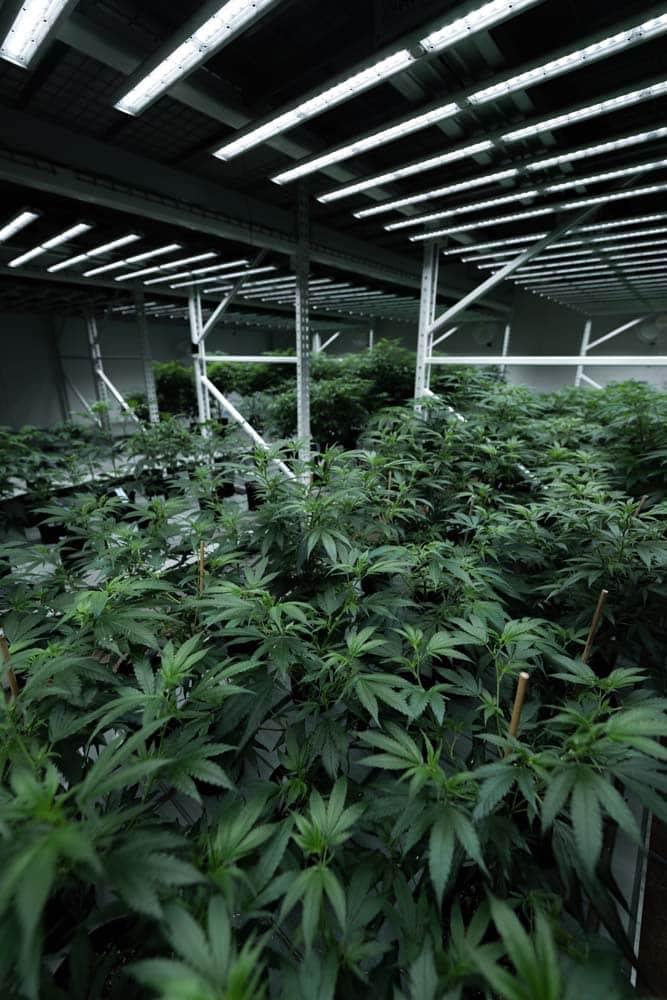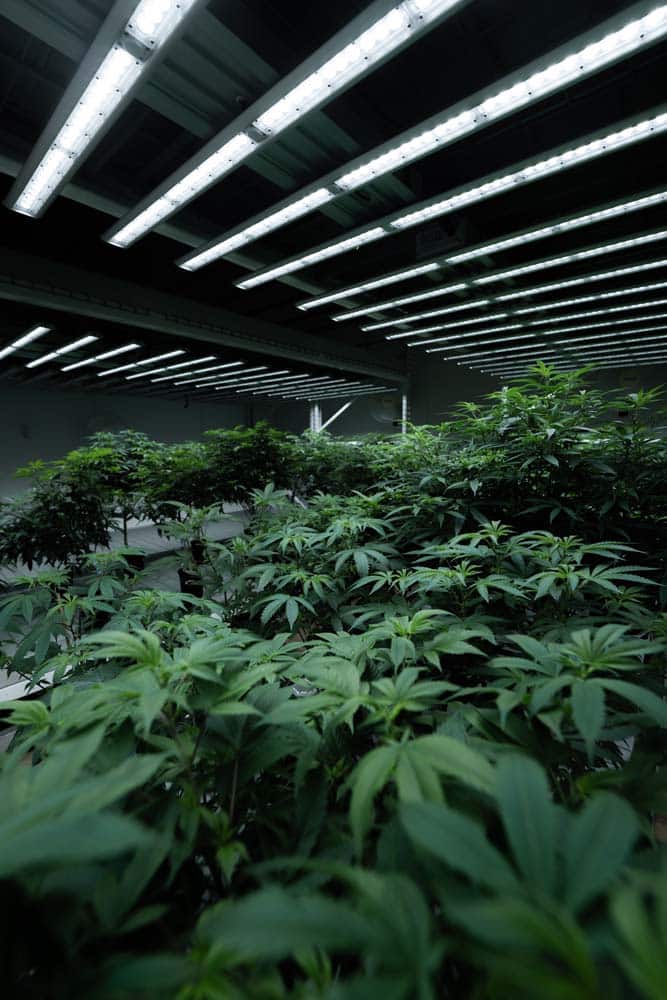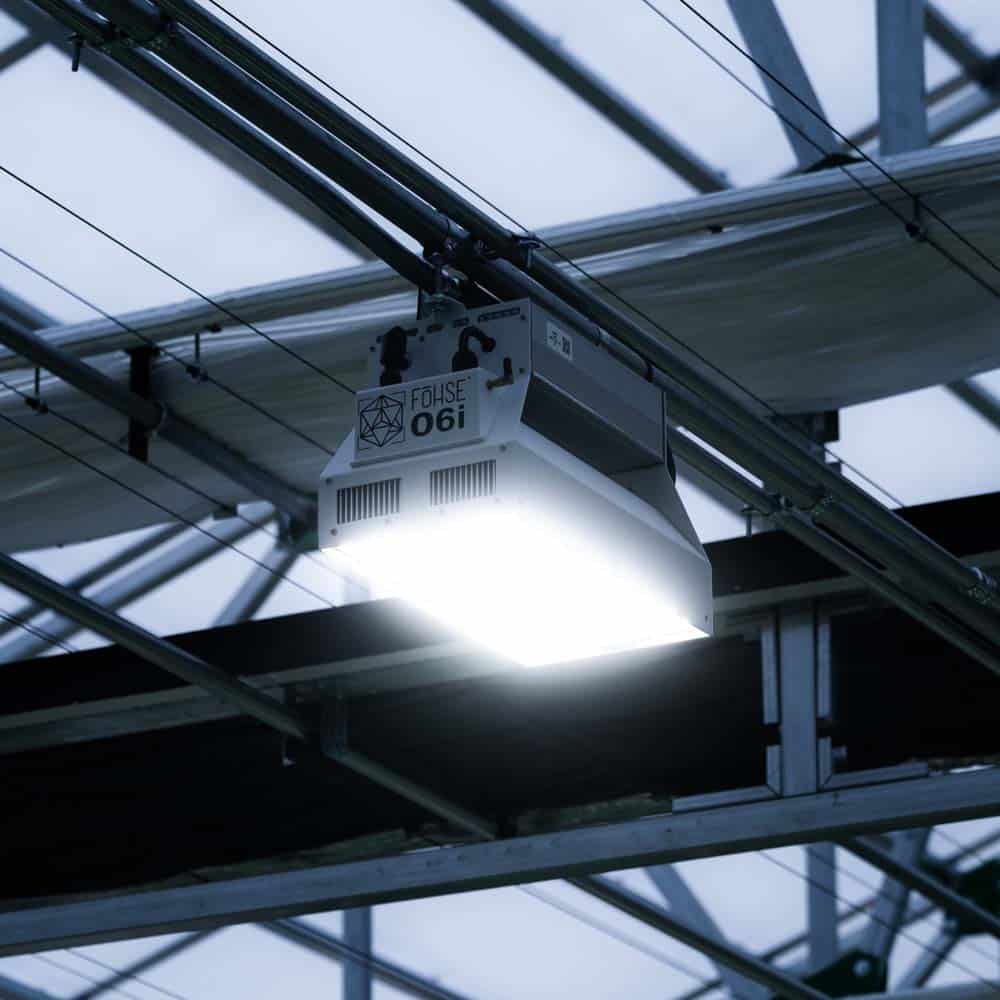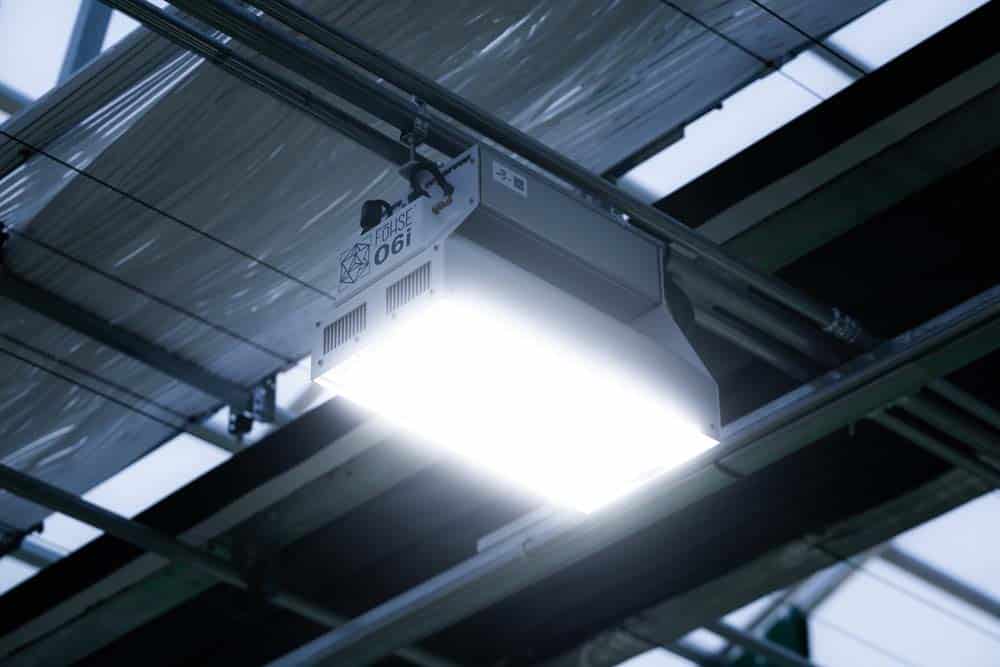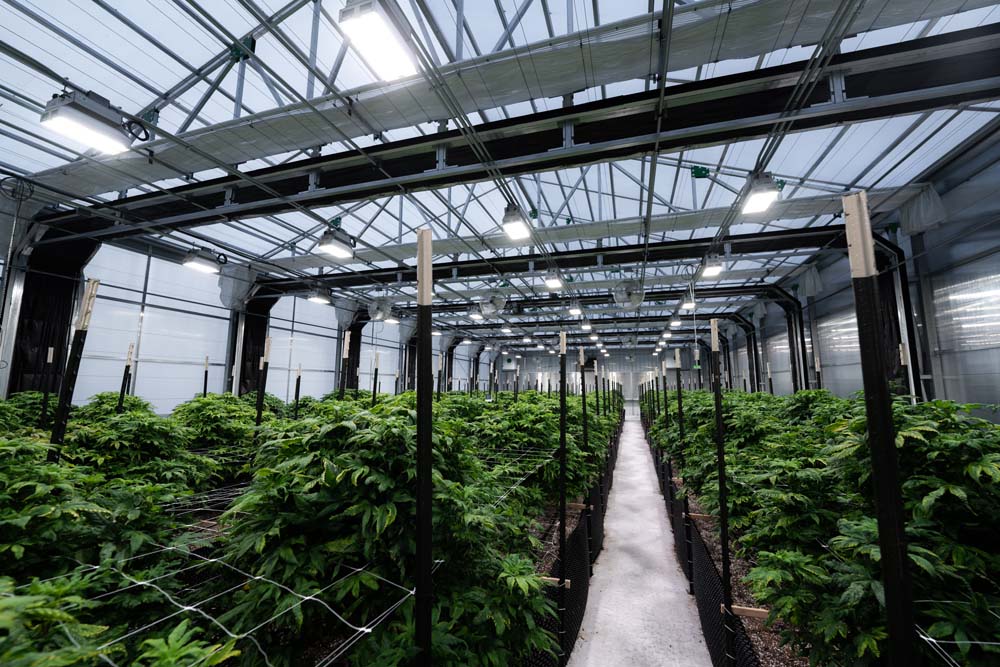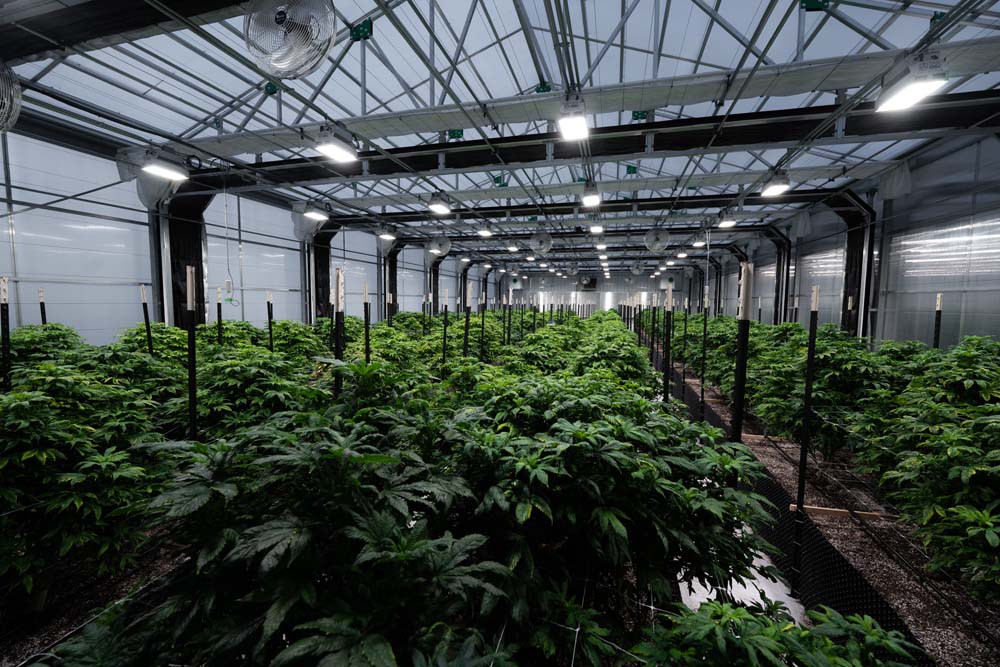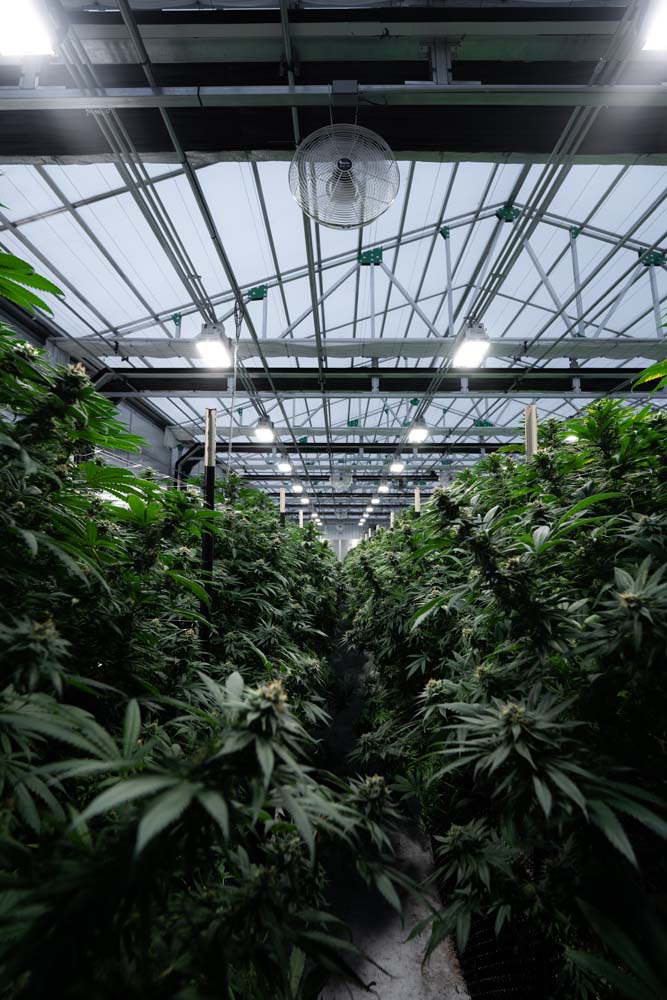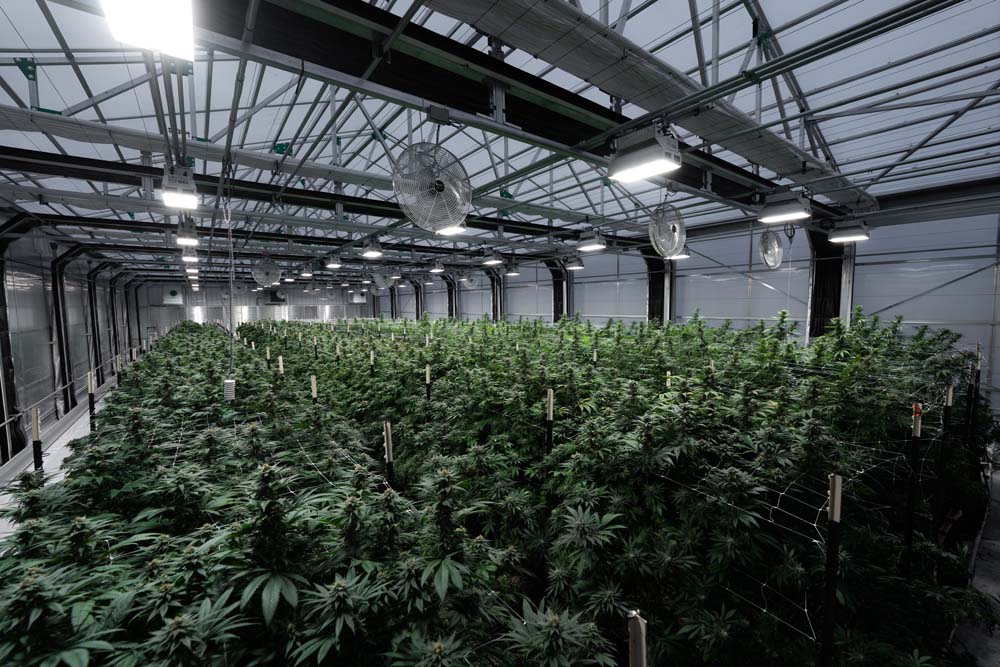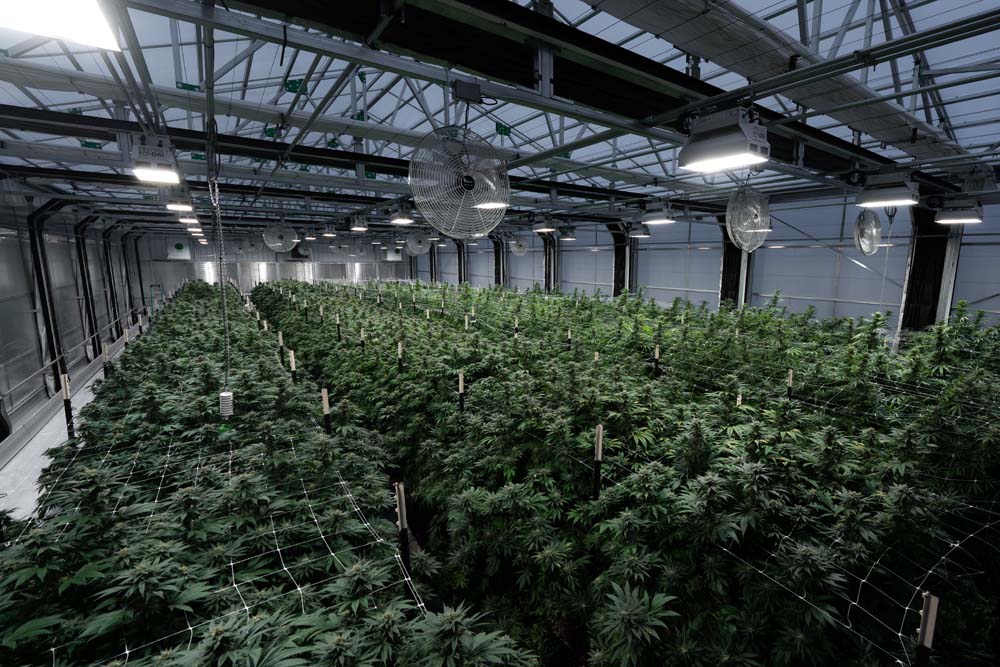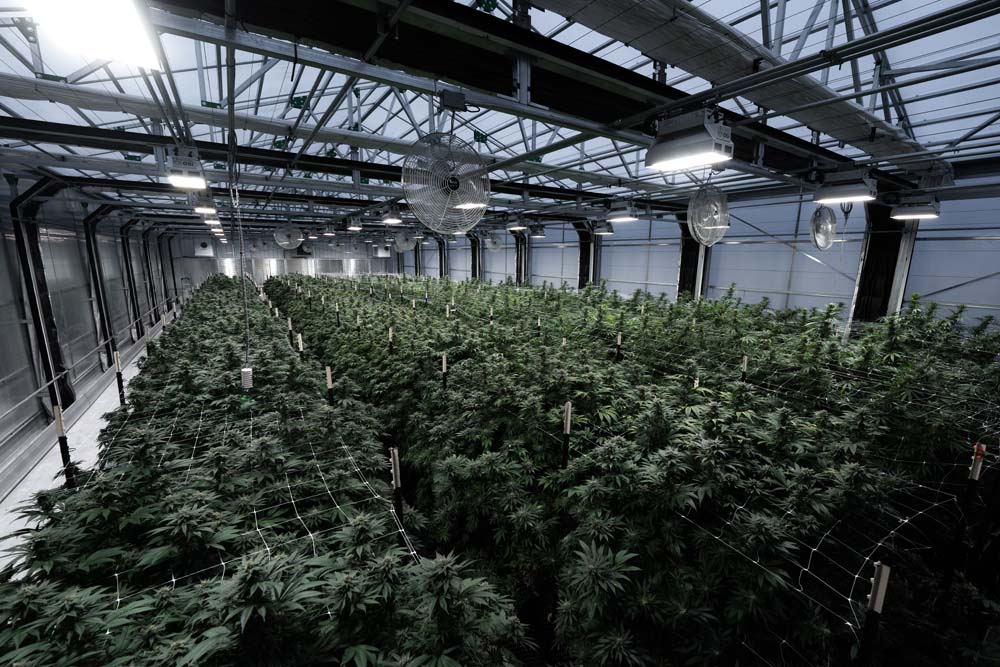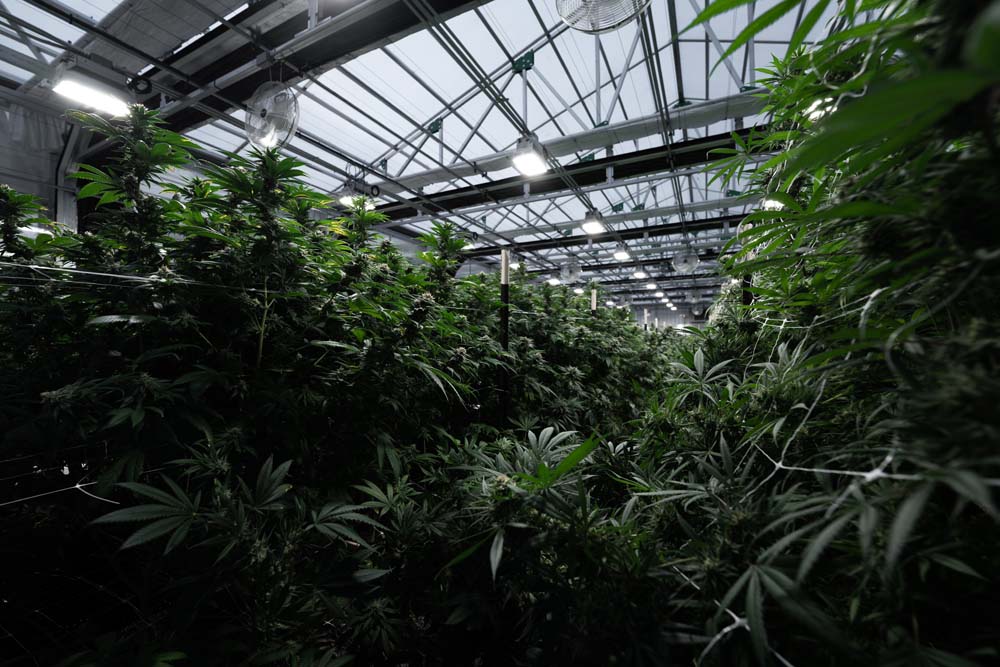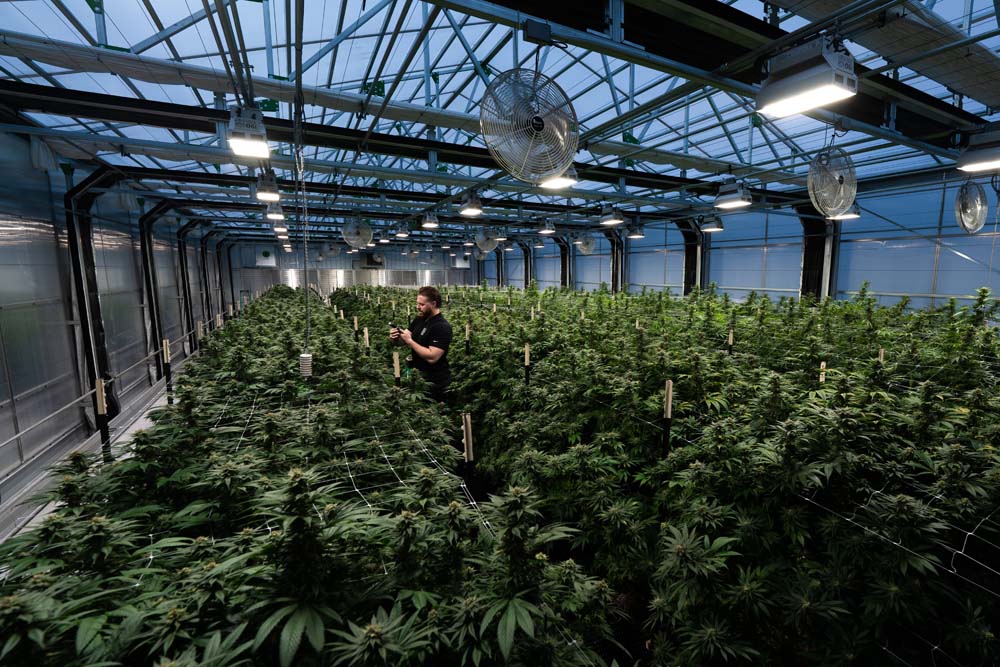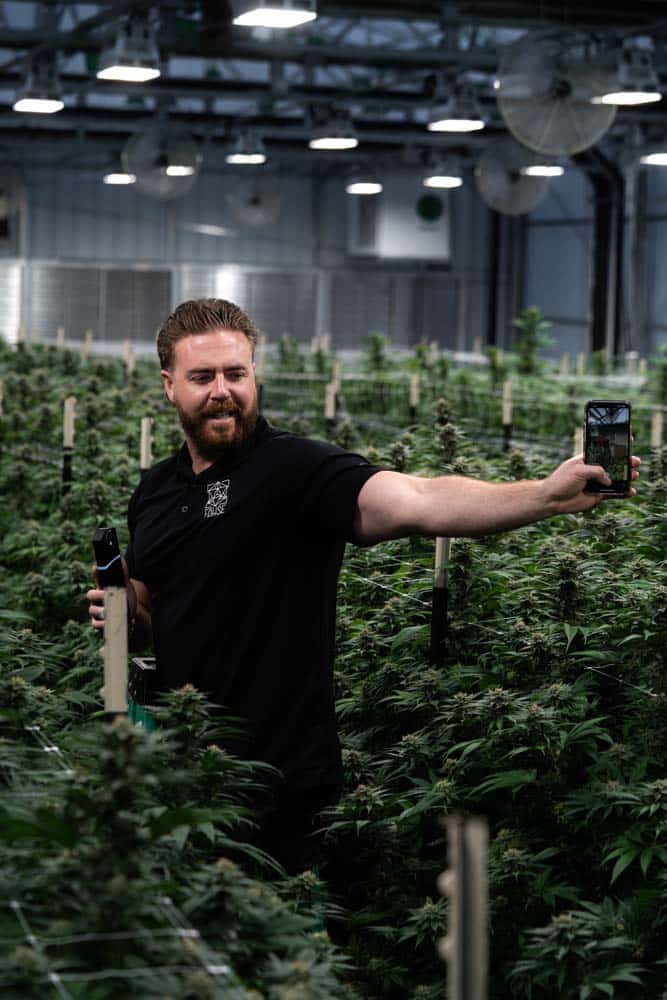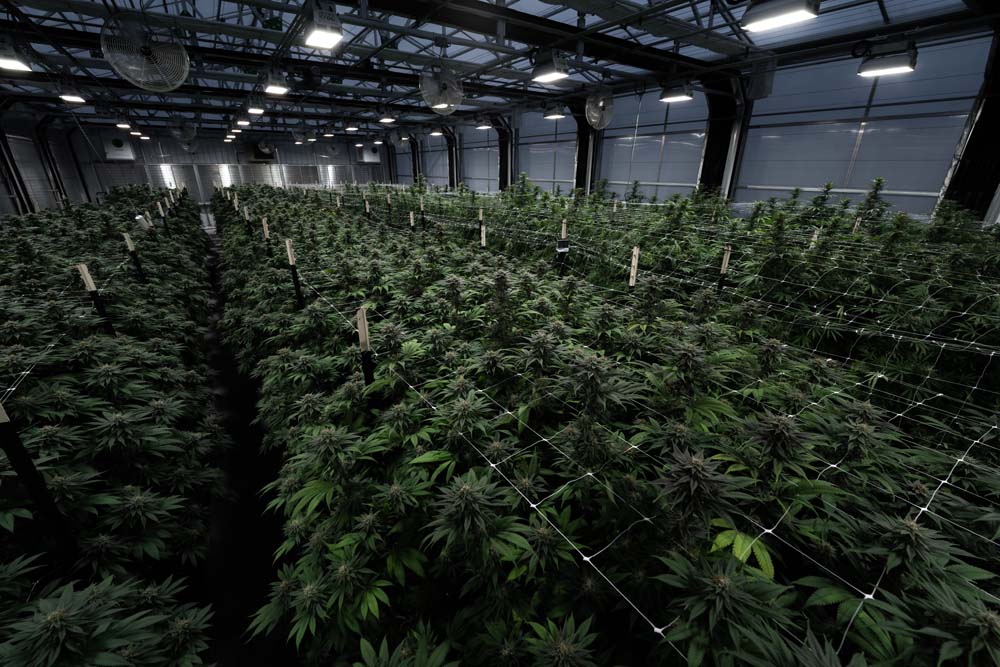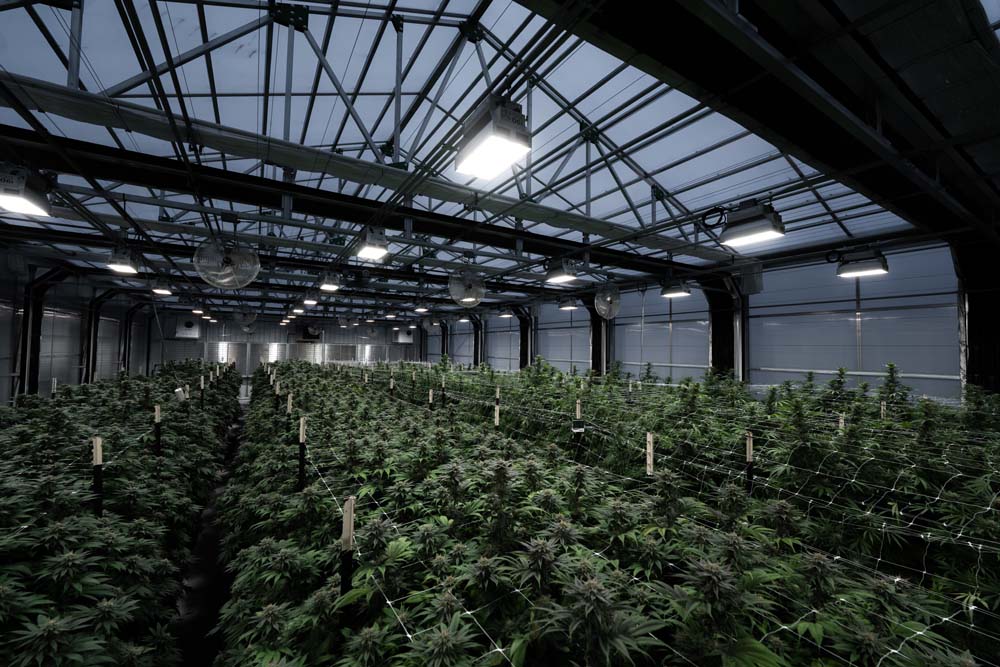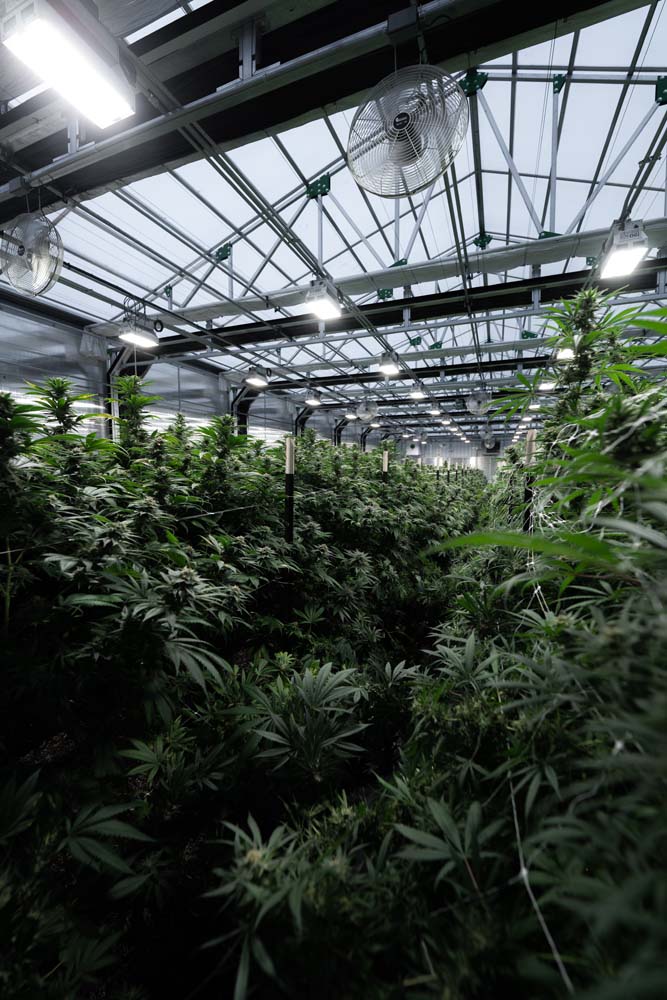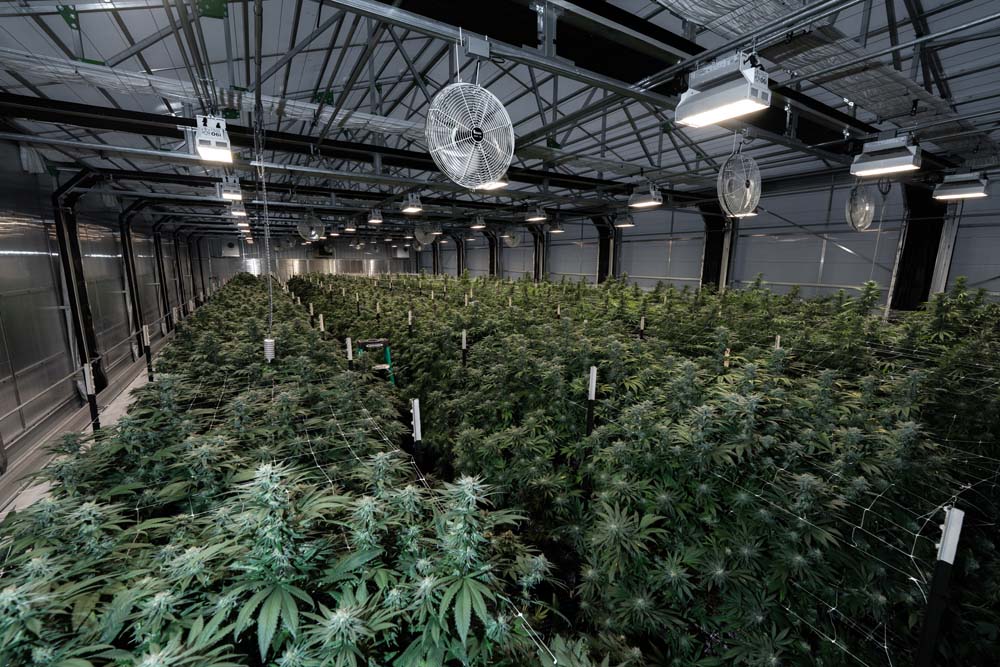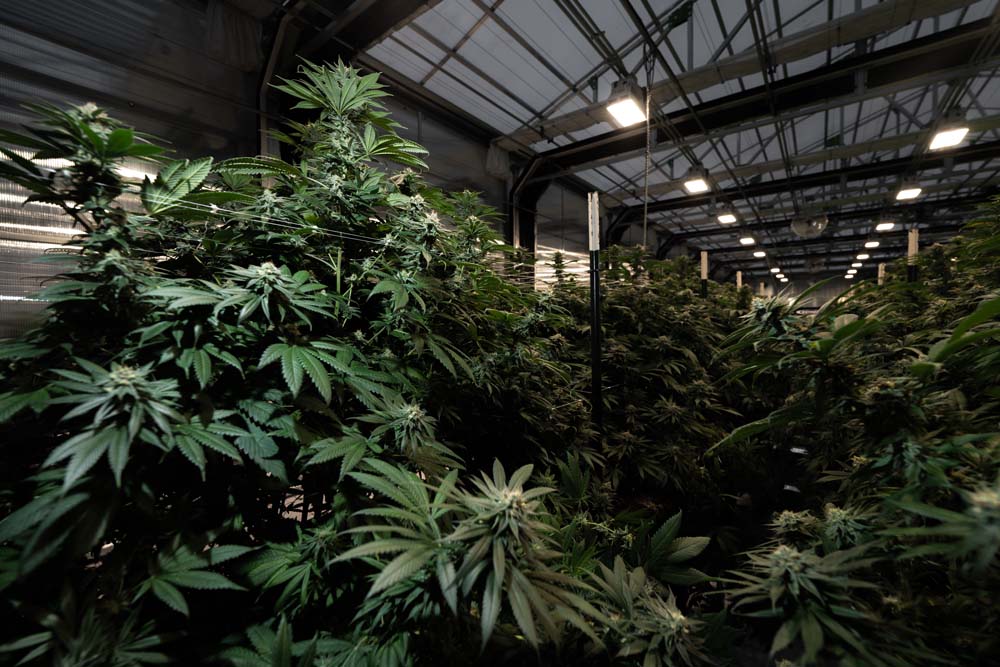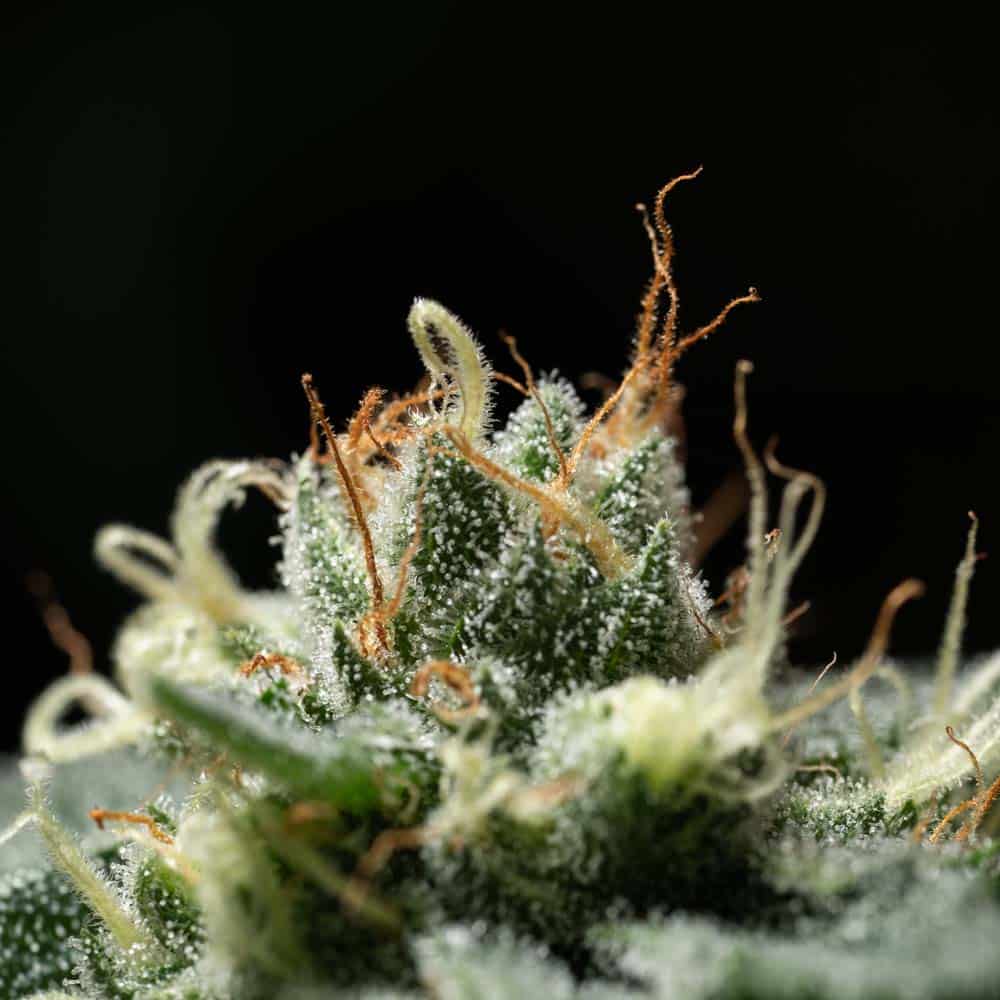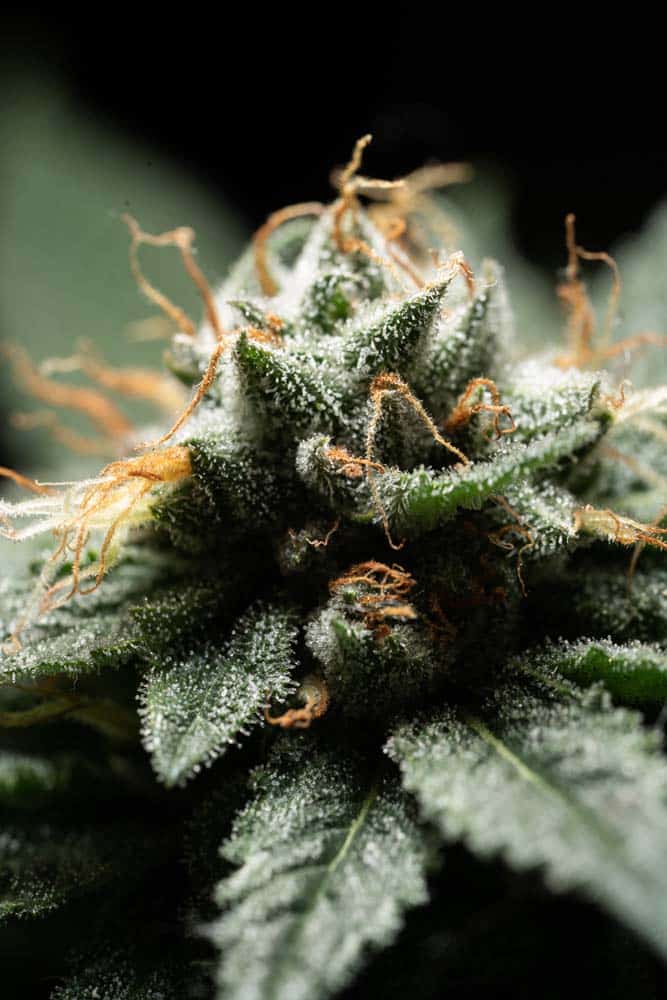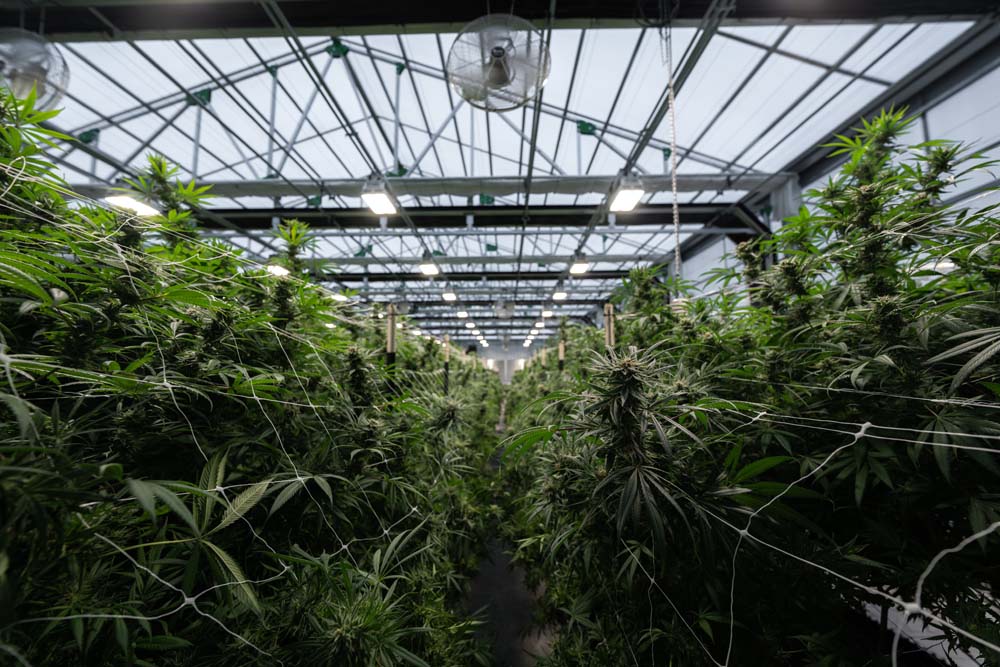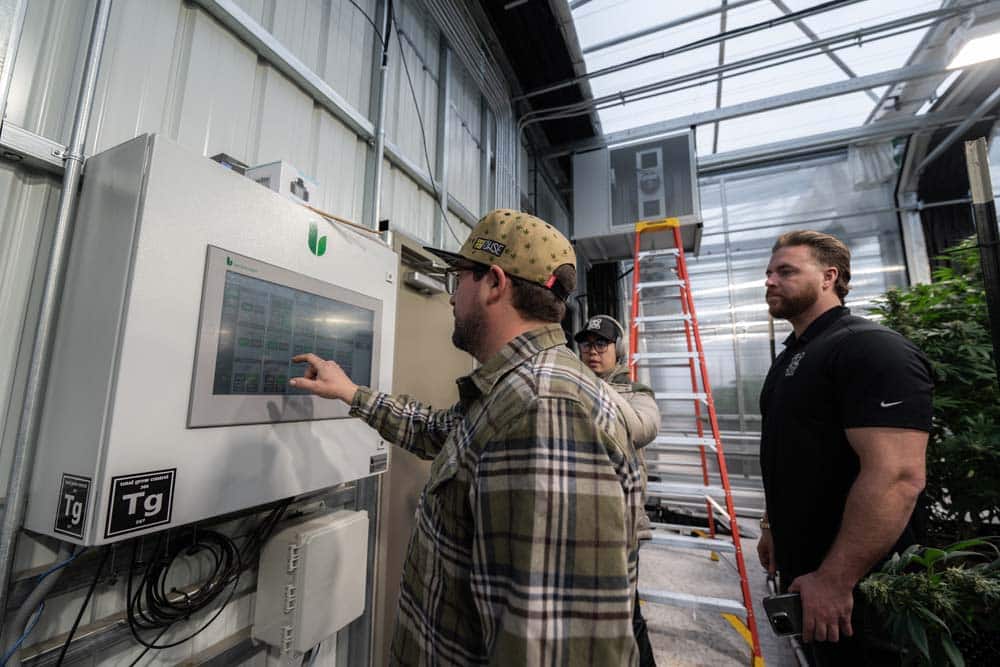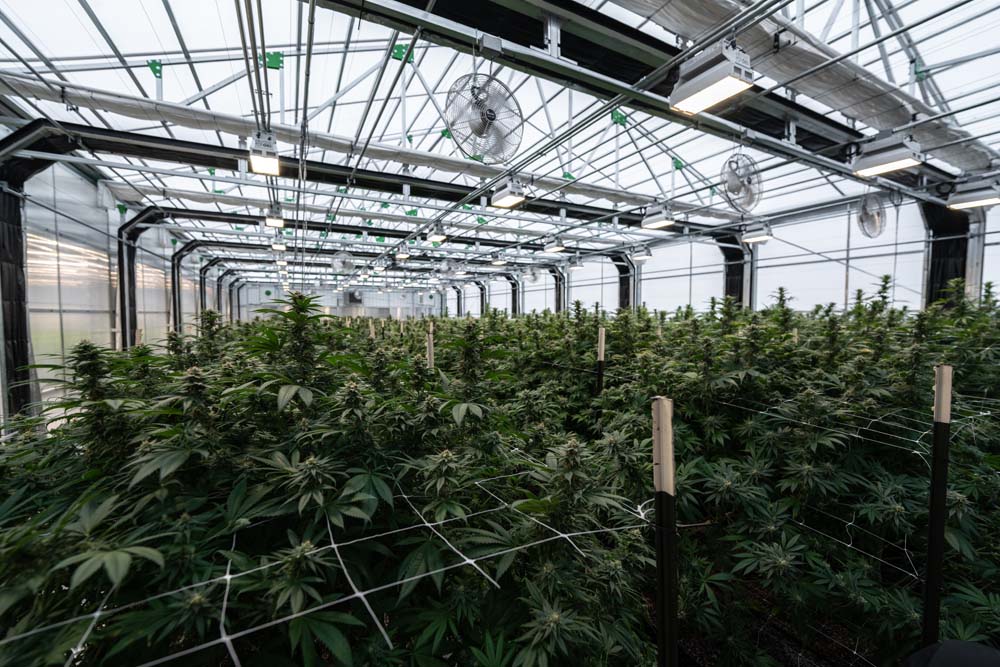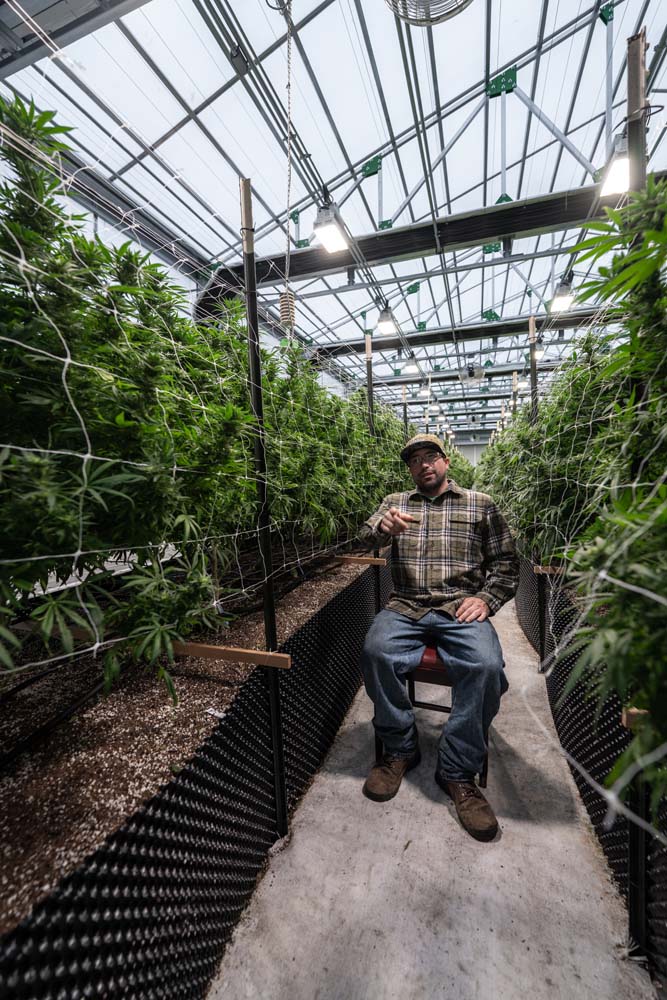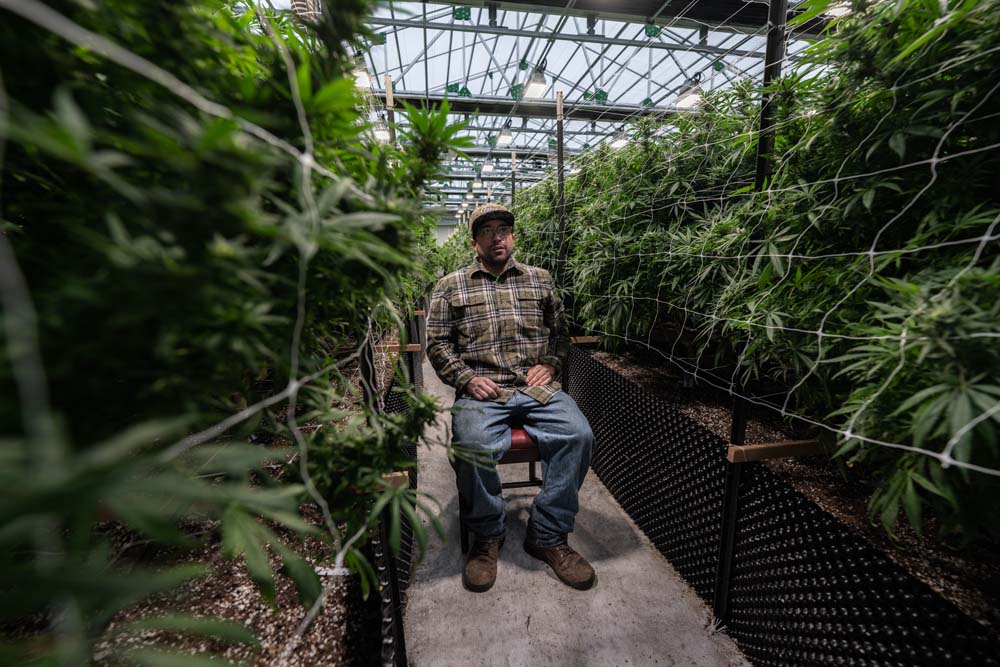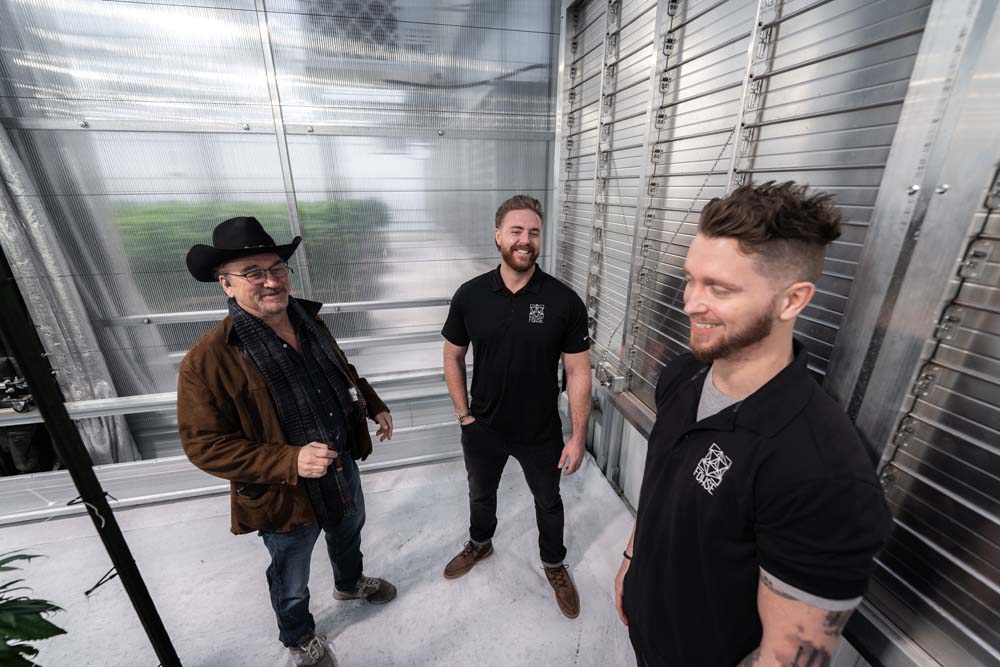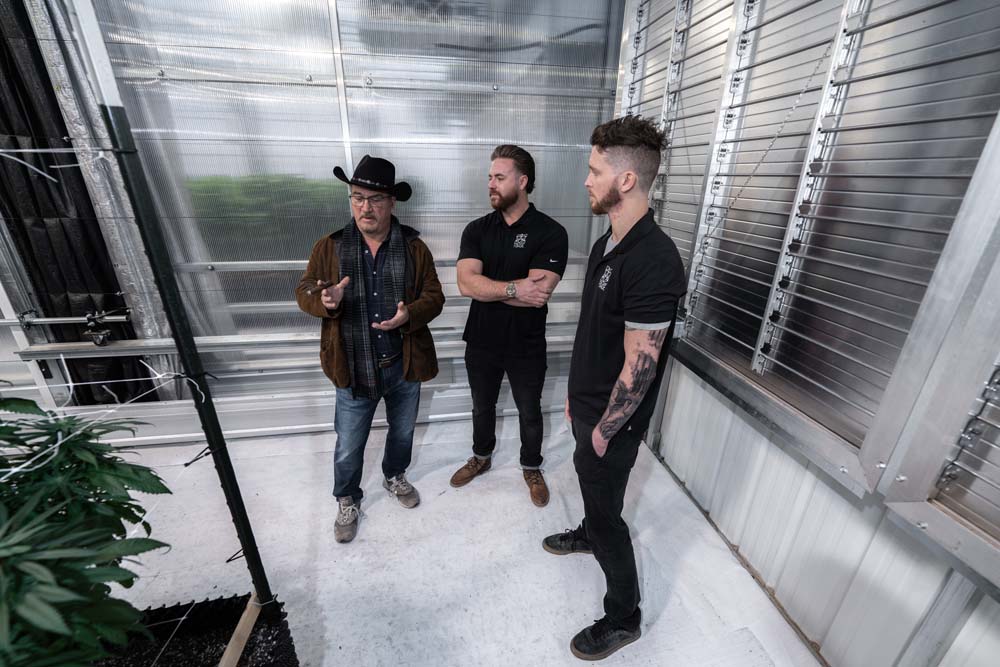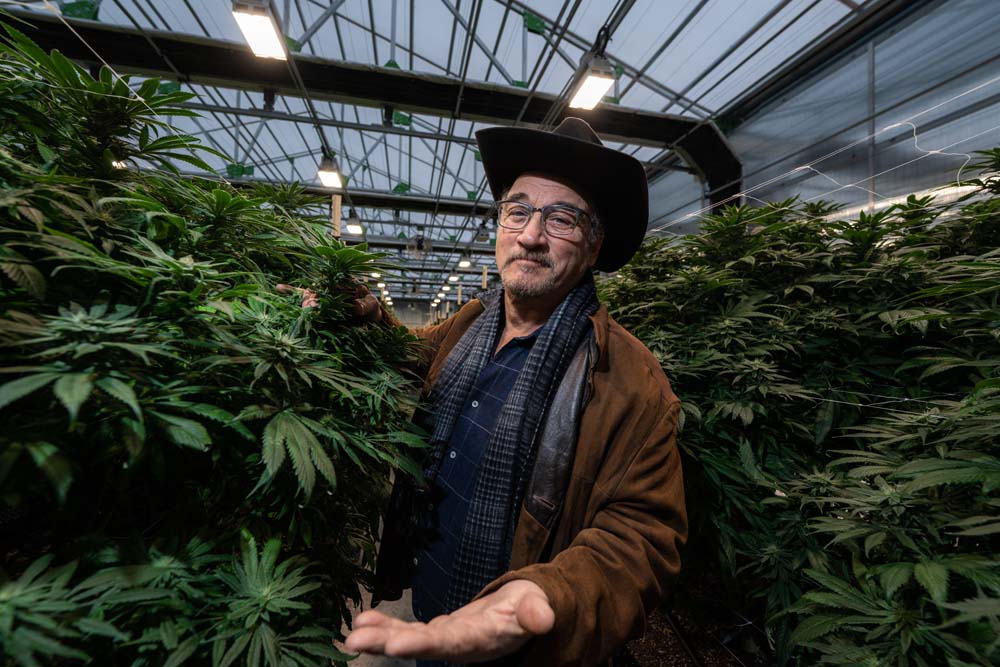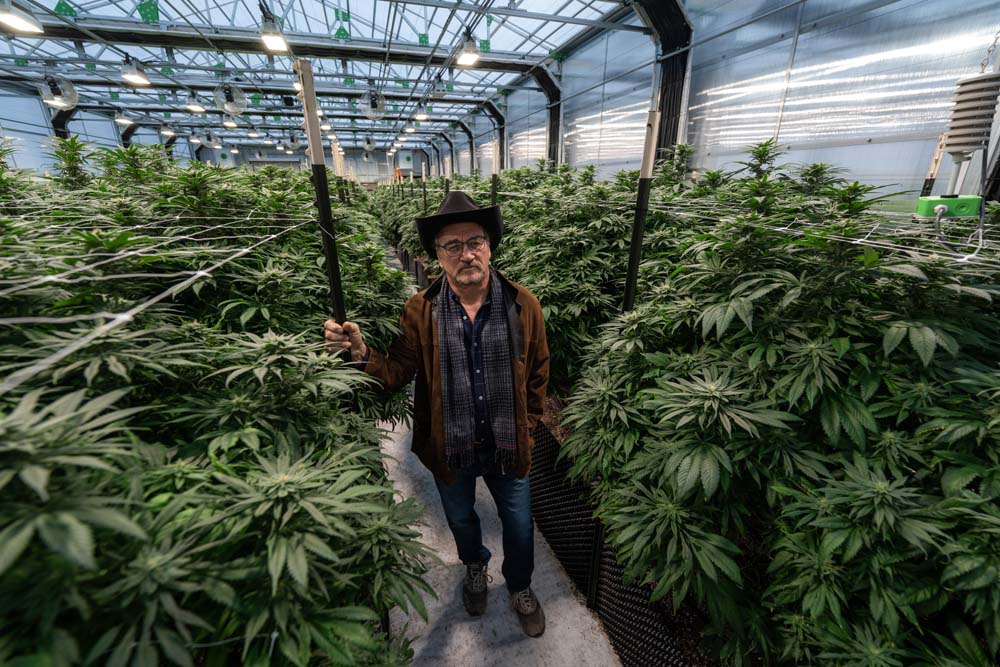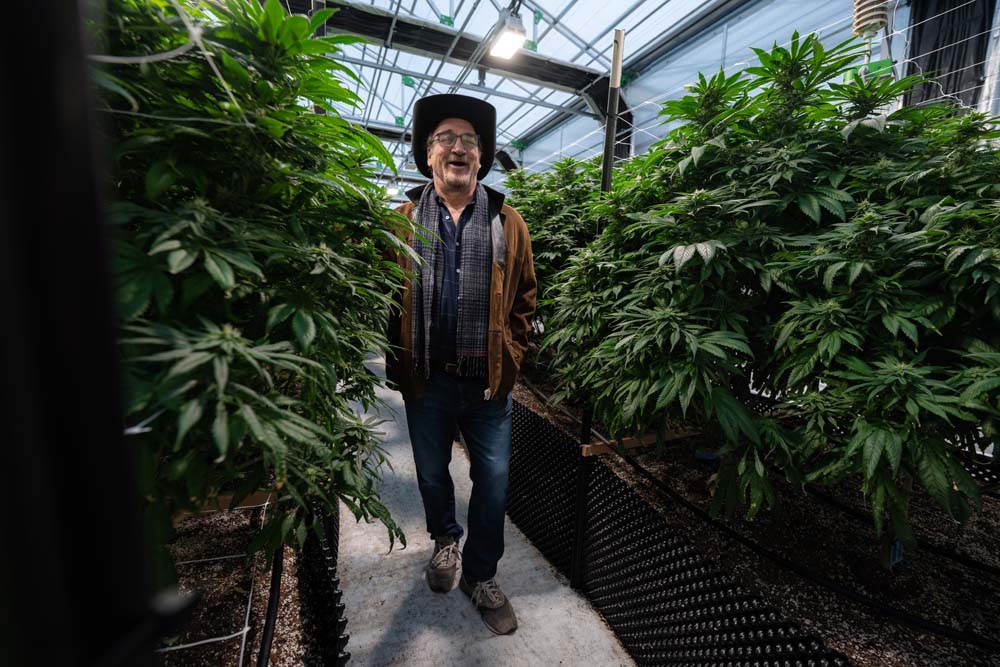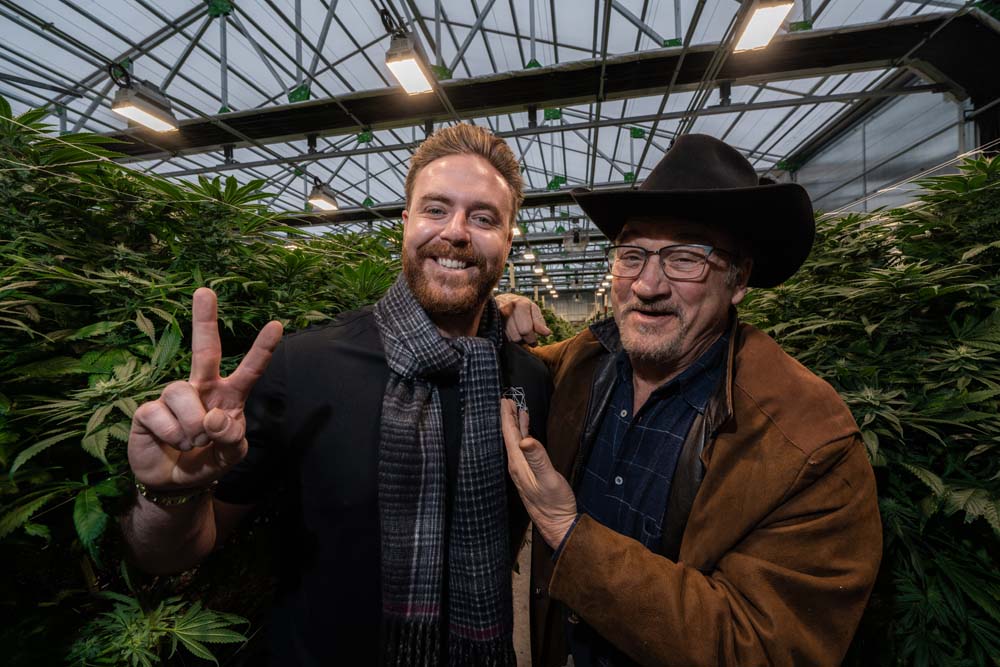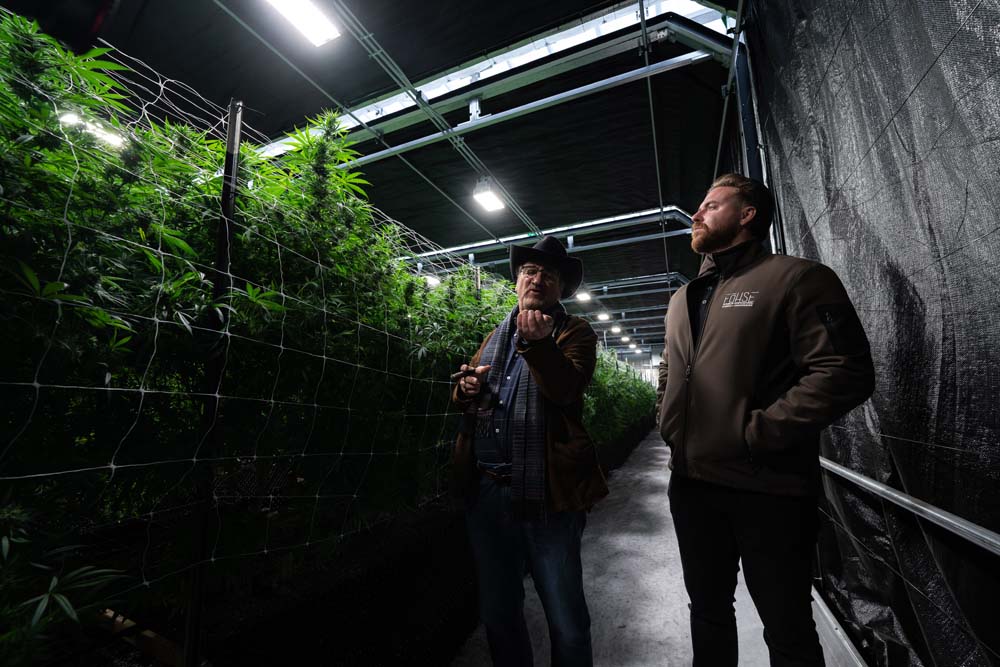By: Anthony Domangue
One of the common challenges growers, especially those involved in cannabis cultivation, face is fine-tuning their environment. Whether in a greenhouse or an enclosed environment, the outdoor environment will play a role inside the facility. Additionally, each plant and plant life stage, particularly in cannabis cultivation, has unique preferences for environmental set points. Growers need to properly understand the various aspects of growing in a controlled environment, such as light intensity, temperature, and humidity, in order to optimize their operation.
These variables are used to modulate vapor pressure deficit or VPD. Monitoring your VPD or vapor pressure deficit is crucial to optimizing crop production, particularly in cannabis cultivation, as VPD has a direct relationship with transpiration rates and thus significantly impacts cannabis growth and health. Let’s look deeper into VPD, vapor pressure deficit in cannabis, and the nuances behind it.
The Basics
Before you can fully understand VPD, we will need to understand what vapor pressure, temperature, and humidity are and how they affect your VPD.
Vapor Pressure

Vapor pressure, also crucial in Vapor Pressure Deficit (VPD) considerations, especially in cannabis cultivation, is the pressure exerted on the walls of a sealed container when a substance in it evaporates or converts to a gas. Air can only hold a certain amount of water vapor at a given temperature before it starts condensing back to liquid water (in forms such as dew or rain). The maximum amount of water vapor that the air can hold at a certain temperature is called saturation vapor pressure or SVP. Understanding SVP is vital for managing VPD in cannabis cultivation to optimize plant growth and health.
As temperatures increase, the amount of water that the air can hold (its SVP) increases as well, which is shown by the graph below. This concept is particularly important in the context of VPD in cannabis cultivation, as managing the temperature and humidity levels is crucial for creating an optimal growing environment. As the air cools down, the SVP decreases, meaning the air can’t hold as much water vapor. That is why there is dew all over everything after a cool morning. The air gets too full of water, and the water condenses out. Similarly, the current actual amount of water vapor in the air is called the actual vapor pressure or AVP. In the context of VPD in cannabis cultivation, balancing AVP with SVP helps in maintaining an environment that promotes healthy plant growth by minimizing stress conditions that could lead to issues such as mold or suboptimal growth.
Temperature and Humidity
Temperature and humidity are pretty self-explanatory. Temperature is the degree or intensity of heat present in a substance or object. Humidity is a value or quantity given to the amount of water vapor or moisture in the air.
Most cannabis varieties can take a wide variety of temperatures but don’t have as much leniency with humidity. Higher humidities, especially in mid to late flower, pose the risk of creating an environment suitable for mold proliferation and destroying their crop.
Temperature and humidity also have an inverse relationship. As the temperature of your grow room increases, the humidity will naturally decrease, and vice versa. Growers track these metrics primarily to find their optimal vapor pressure deficit for the given phase of plant life.
What is VPD, and What Does it Influence?
VPD or vapor pressure deficit can be defined as the amount of water vapor that can be stored in the air until the air reaches its saturation point at a given temperature. In short, it’s a measure of how much more “room” there is for water vapor in the air at a given temperature. VPD is extremely important and affects so many aspects of plant growth! Let’s look at a few of the things that are affected by the vapor pressure deficit below:
- Transpiration: Transpiration is the exhalation of water vapor through the stomata of the leaves and stem of plants. VPD affects the transpiration rates of plants. The higher your VPD is, the faster the transpiration rate due to the dry environment. The lower your VPD is, the slower the rate of transpiration due to the higher humidities.
- Stomatal Aperture and CO2 Uptake: The stomata are small pores in the epidermis of leaves and stem that allow the movement of gasses in and out of the plant. As your VPD increases, the stomatal apertures or openings get smaller, and the ability to uptake CO2 decreases. When VPD decreases, the stomatal openings get larger.
- Nutrient Intake at the Root Zone: Plants are able to take in nutrients through the stomata, but nutrient uptake is primarily facilitated by the root zone. As VPD changes transpiration rates, more or fewer nutrients will be pulled into the plant from the growing media by the root system. Higher VPD will mean faster transpiration rates, while lower VPD values will result in slower transpiration.
- Plant Stress: Ultimately, altering your environment improperly can result in a large amount of stress on your plants. High VPD values above 1.6 kPa will result in over-transpiration. This can cause your growing media to be drier than anticipated due to water flowing out of the plant faster than your irrigation system is feeding them.
On the other hand, an extremely low VPD is harmful to your plants. Plants will quickly become overwatered. Fan/shade leaves will begin showing signs of oedema, the swelling of the veins of the leaflets. This occurs when the root system takes water into the plant faster than the environment allows transpiration to take place. The water subsequently becomes locked in the plant as there’s too much vapor pressure on the stomata to release the water at an ideal rate.
How to Use VPD for Cannabis Production
As we’ve learned, VPD is an extremely important tool that horticulturists can use to dial in their crop production. Cannabis is no different, having its own special set of preferences when it comes to VPD. Each cultivar will have its preferences when it comes to VPD. Some can handle a range of environments, while others will prefer the higher or lower sides of the VPD spectrum. Let’s look at each stage of plant growth and why specific parameters are needed at each for optimal growth.
Propagation (Unrooted and Rooted Clones)
Propagation is the process of breeding a cannabis plant from the parent stock. Higher humidities and temperatures are typically advised during the propagation phase of plant life. As freshly cloned plants lack a root system to draw in nutrients, they rely on their stomatal openings to draw in moisture to sustain life. Humidity domes are traditionally used to keep clones in their ideal environment, leading to very high humidities within. Clones are slowly hardened off to a slightly drier environment as time passes.
VPD values of 0.4 – 0.8 kPa are traditionally used during the rooting stage of growth. This ensures that stomata are open and the plants aren’t transpiring too quickly. A VPD lower than 0.4 kPa will produce very low transpiration rates and lead to pythium (root rot) and other plant diseases.
Vegetative Growth (Veg)
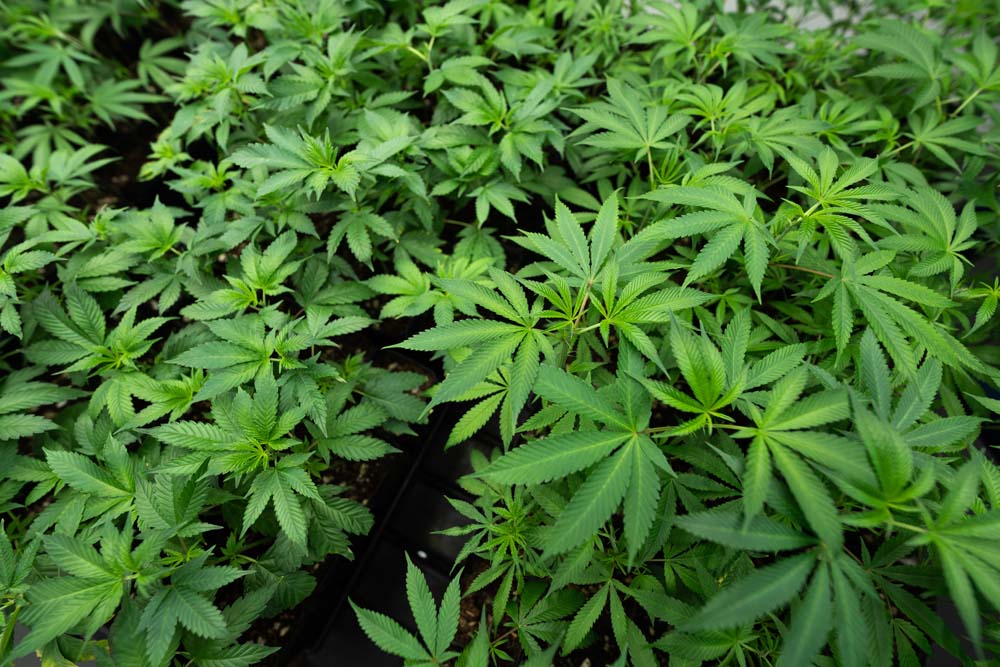
After roots have been established and young cannabis plants begin to grow, they transition to being called “veg plants.” These young plants are focused on creating foliage and fiber to develop a strong plant structure for reproduction.
As their root systems and more foliage is developed, plants demand more nutrition and faster transpiration rates. In turn, a VPD value of .6- 1 kPa is most often recommended to promote plant growth during this period.
Reproductive Growth (Flowering)
The reproductive stage of cannabis is often called “flower.” At the beginning of this phase of life, plants begin to bolt or “stretch” upward, followed by the beginning of flower development. Most varieties used in commercial cannabis cultivation today can double or triple in height during this period. One strategy to limit this “stretch” is to increase your VPD above a 1 kPa. According to a study from the Canadian Journal of Forest Research, High VPD typically causes plants to close their stomata to minimize water loss and avoid critical water tension within the xylem, which occurs at the cost of reduced photosynthesis. This reduced photosynthesis ultimately stunts plant growth.
During mid-flower, the plant is rapidly developing dense flower clusters. Not only should your room be well-ventilated, but humidity should continue decreasing from its early flower values to mitigate the risk of pathogens. VPD values of 1-1.3 are common during this stage.
By late flower, most plants are as large as they are going to get. In an effort to preserve the large colas you work for, increasing the VPD above 1.3 is ideal. This will continue reducing the risk for pathogens as humidity is decreased.
A vapor pressure deficit higher than 1.6 kPa will stress your plants. Over-drying will take place, and plants can suffer from drought stress. Additionally, EC values will spike within the media, potentially leading to the nutrient lockout of certain key plant essential elements and pH fluctuations.
VPD Chart
To easily track your vapor pressure deficit throughout the plant life cycle, VPD charts are available online. Aroya has recently developed a very user-friendly VPD chart growers can utilize to track their VPD. Before the development of Aroya’s VPD chart, Pulse Grow’s VPD blog and charts were frequently used among growers.
How to Improve Your Grow
VPD, standing for Vapor Pressure Deficit, is a dynamic tool that can be used by growers, especially in cannabis cultivation, to level up their game. However, without the proper foundation of understanding, your plans will majorly suffer.
You will also miss 100% of the data you don’t take! It’s imperative that you have a data entry system to monitor your environmental parameters to determine how each cannabis cultivar responded to the VPD in cannabis cultivation you provided. By keeping this reference point and utilizing VPD charts, growers can use VPD to optimize production further in cannabis cultivation.
VPD is just one aspect of your plants’ environment so things can get complex quickly. Those who choose to partner with FOHSE as their lighting provider have the tenured support of our horticulture team. Each of its members has years of experience dialing in environments under our fixtures and are ready to help in the specific context of VPD in cannabis. Get your free custom light plan to get started!



